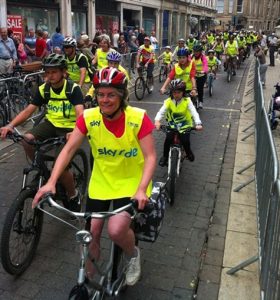The York Council, has announced today that road closures in The Groves area will start on 2nd September. The opening coincides with the start of the new school term – traditionally very busy week on the roads.
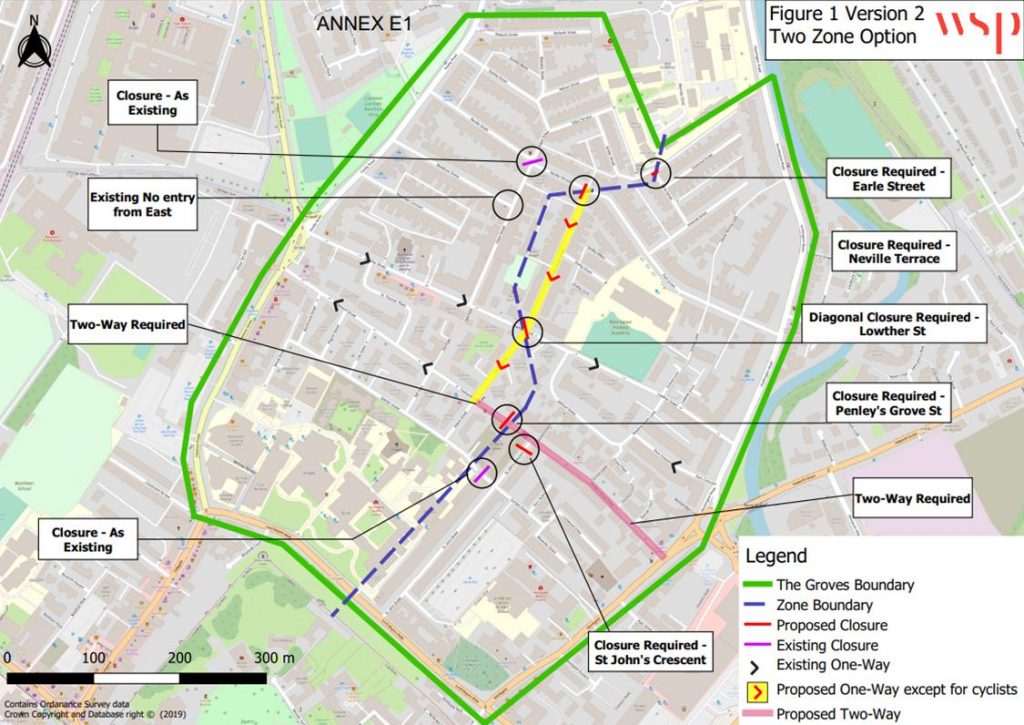
Although plans to reduce traffic in the area were widely welcomed, last minute changes to the proposals mean that there are elements of controversy. Not least among these are concerns about safety for cyclists on some of the contra flow lanes.
Some traders have also warned that there busiesses may be affected by the loss of passing trade and difficulties for delivery drivers.
The project does however have the support of the Green and Labour party Councillors who represent the area. It is to be hoped that the scheme has been better thought through than the recent closure of a traffic lane on Bishopthorpe Road.
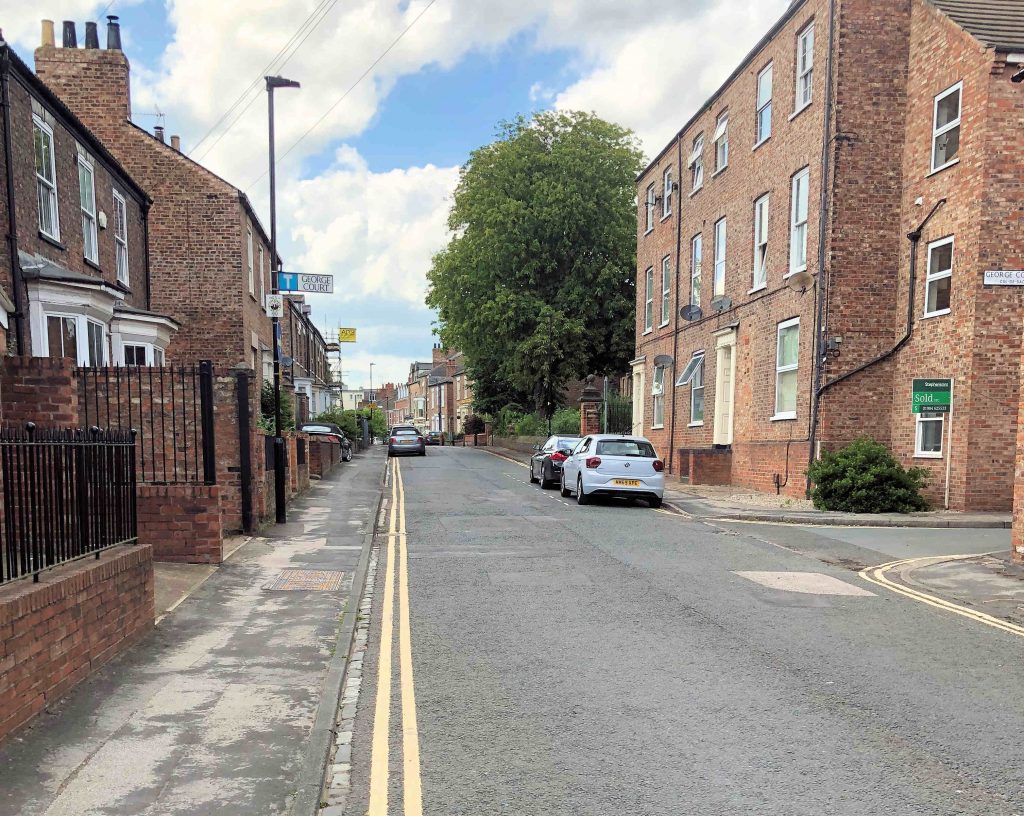
Traffic level on the short cut routes through The Groves have, in any event, been very low since the lock-down period.
A council media release says,
City of York Council is introducing the planned trial road closures within The Groves on Wednesday 2 September.
This forms part of a local regeneration project and those who usually drive through the area are encouraged to plan an alternative route or where possible cycle or walk for local journeys. A leaflet and map of the changes is being circulated to residents and businesses in the area.
The work is part of a two-year regeneration project with residents to make the area an even better place to live. Local people have said they want better air quality, less traffic and the chance to build on the existing community spirit.
These aims support the council’s priorities of promoting sustainable travel. They also help with the need to maintain social distancing during the current Covid-19 pandemic.
All through routes in the Groves area between Haxby Rd/Clarence Street and Huntington Rd/Monkgate will be closed to traffic. Alternative routes are via the main roads surrounding the estate including Lord Mayors Walk.
The works that will be carried out are:
- The existing closure point at Neville Terrace will be removed to allow more direct access to Haxby Road from that side of The Groves.
- Road closure points will be introduced at the junction of Lowther Street/Brownlow Street, and on St Johns Crescent, Penleys Grove Street, Neville Terrace and Earle Street.
- Brownlow Street and March Street will become one-way streets except for cyclists, whilst Penleys Grove Street will be two-way to allow traffic to exit onto Monkgate from this part of The Groves.
Cycle routes in all directions throughout The Groves will continue and will benefit from less traffic.
A small number of parking spaces will be removed or relocated to make room for turning points at the closures, and the existing resident parking zones will merge so that local people can park more flexibly.
Planters will be placed at the majority of the closure points and residents will be invited to help plant them up.
The measures will be introduced over two days (1st and 2nd September). The work to introduce the measure will be undertaken under minimal traffic management.
Staff on site during the installation will be operating under social distancing guidance wherever possible due to the current restrictions with permission from the local authority to undertake this essential work at this time.
Household waste and recycling collections will take place as normal.
As with any construction work, there is likely to be a certain amount of disruption and inconvenience to the public while the closures are put in place. The contractor will at all times try to keep any disruption to a minimum. Once the measures have been introduced, they will be monitored and kept under review and can continue as experimental for up to 18 months.
During this time, the scheme may be adjusted in response to residents’ experience and feedback. The scheme can be made permanent (subject to consideration of comments received) at any point as long as it has been in place, unchanged, for at least six months.
Residents will be able to observe the measures and reflect on how they are working, and pass on their comments to the council for review by email thegrovestrial@york.gov.uk
There will be a public Executive Member for Transport decision meeting on the outcome of the trial after at least 6 months prior to confirming any permanent changes.

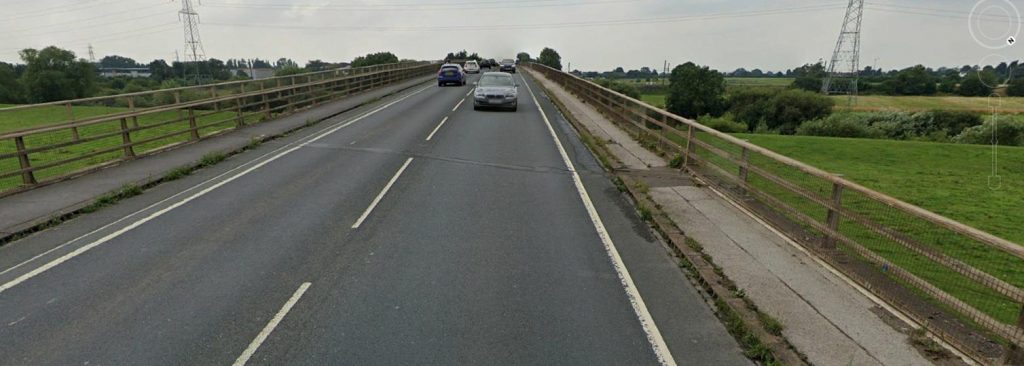
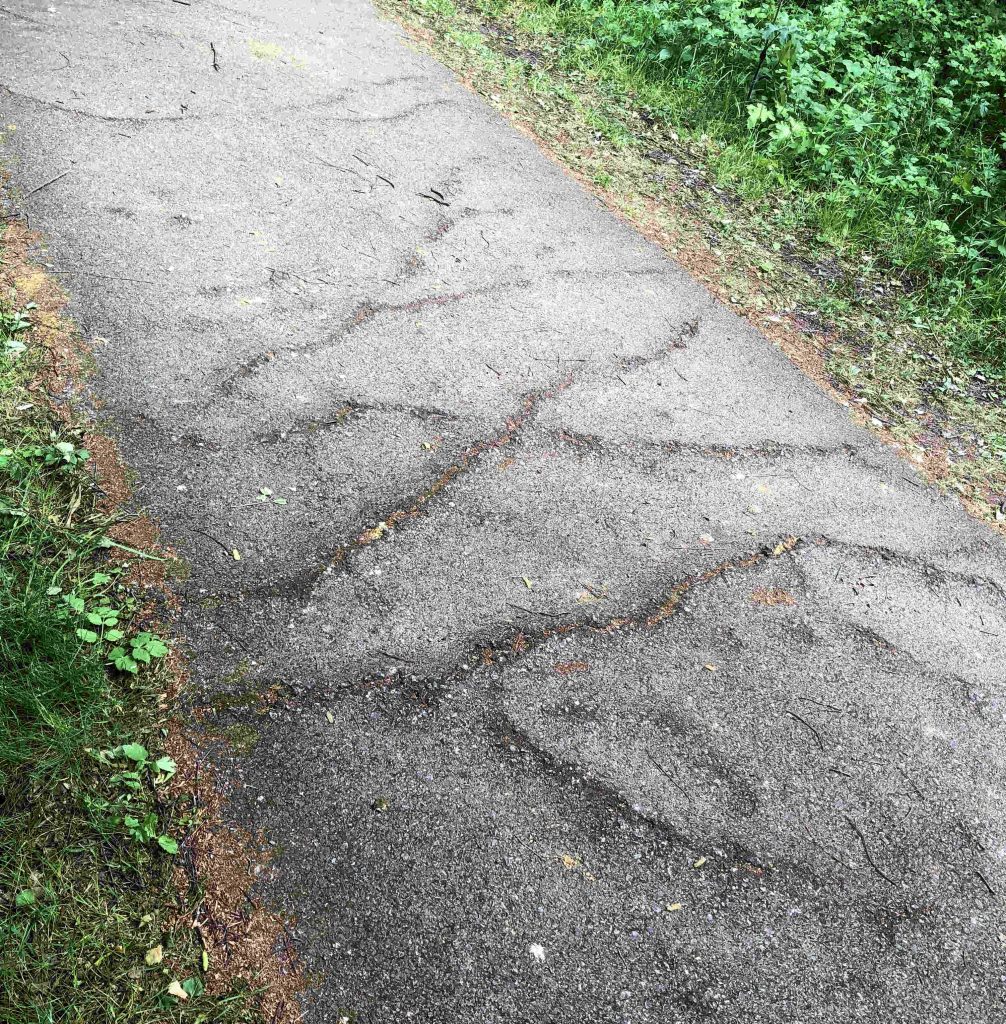
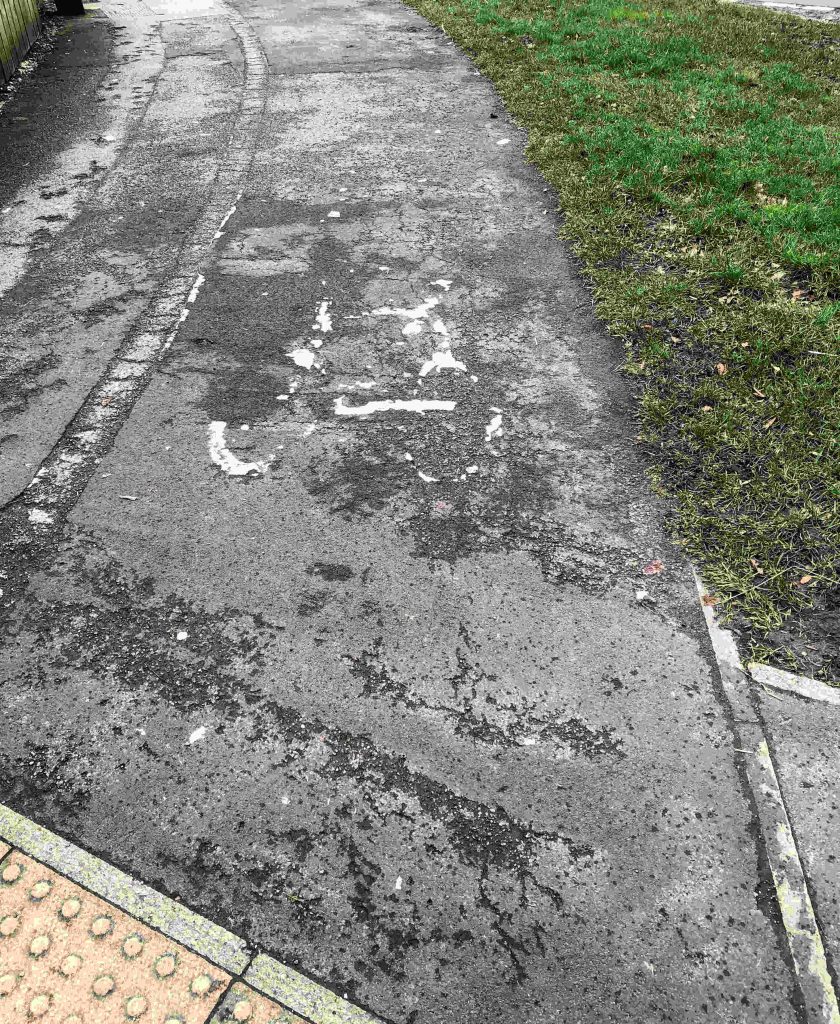
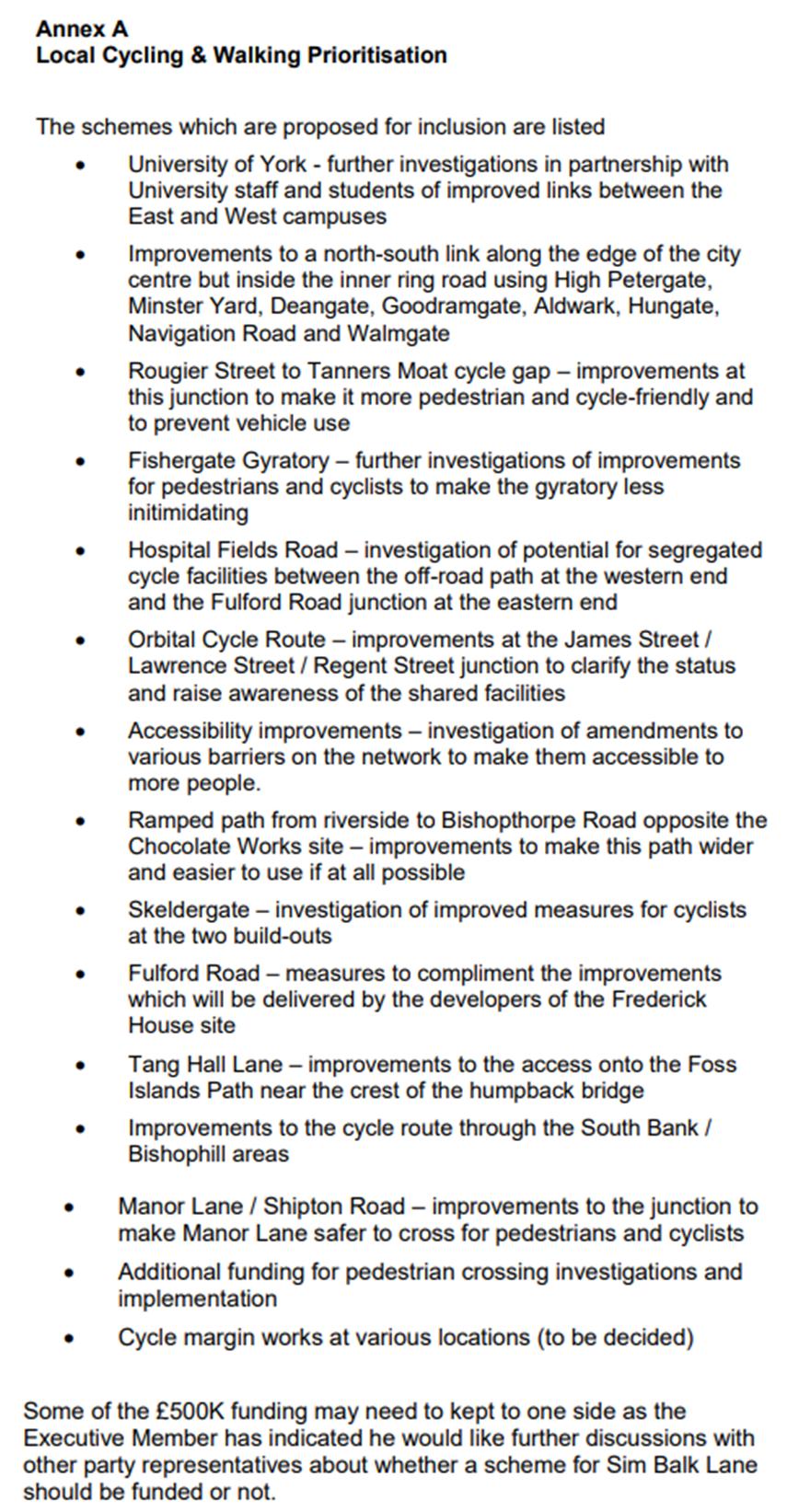
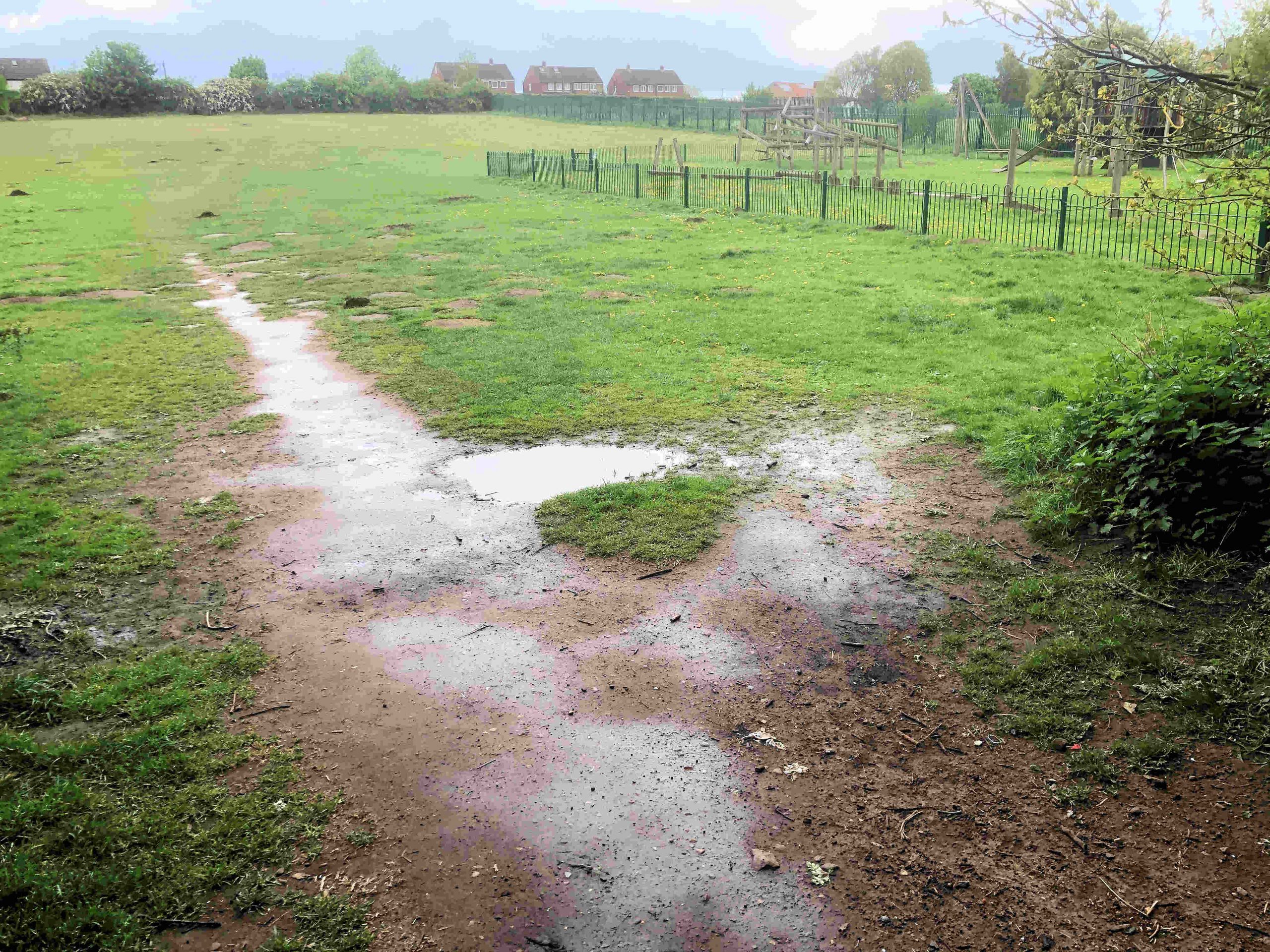
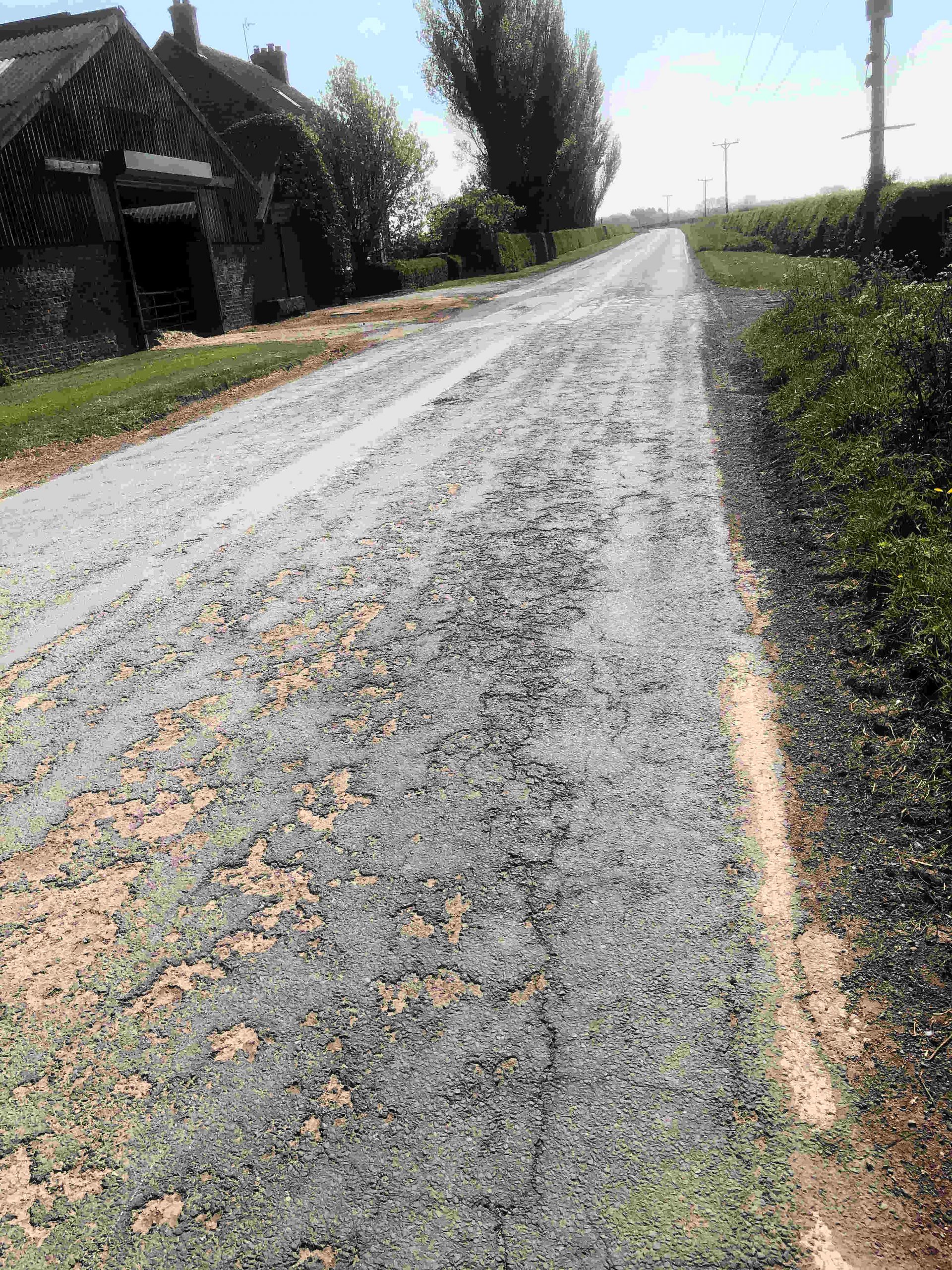
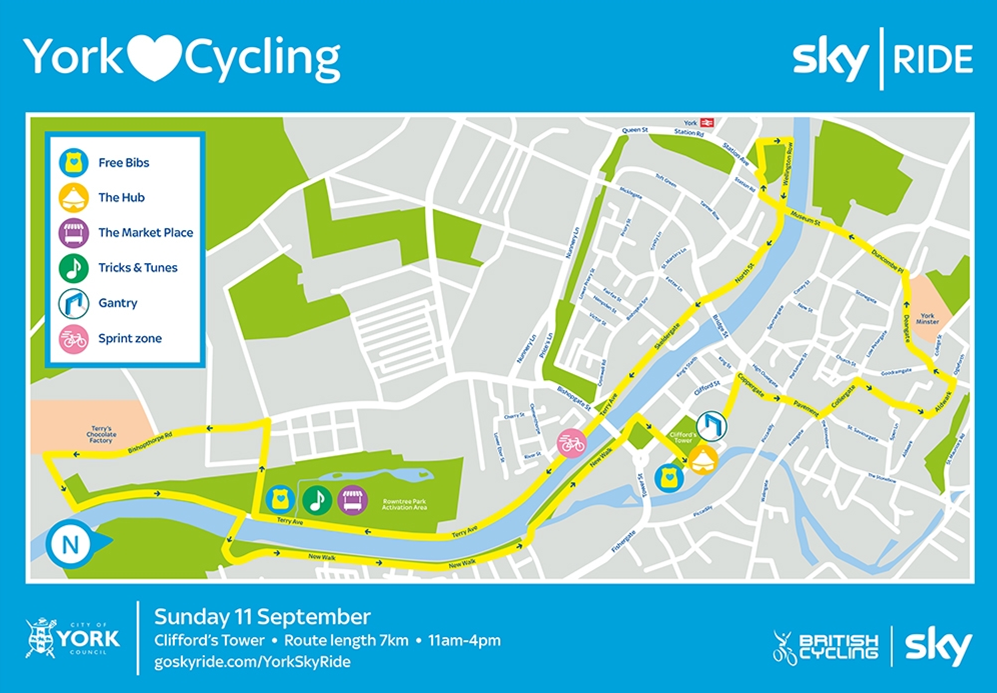
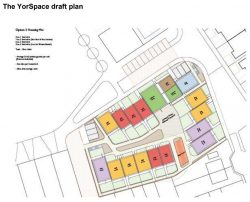

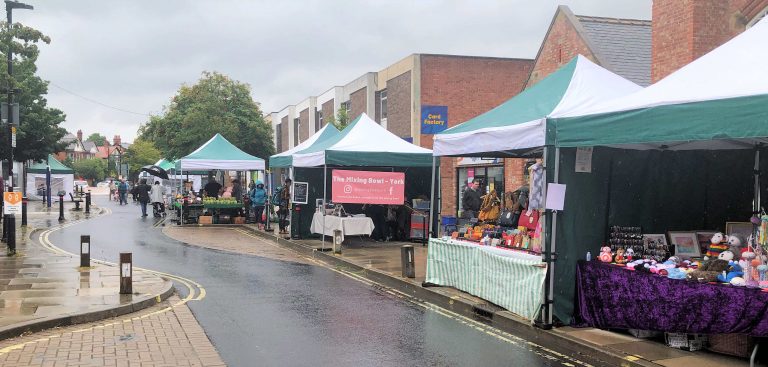
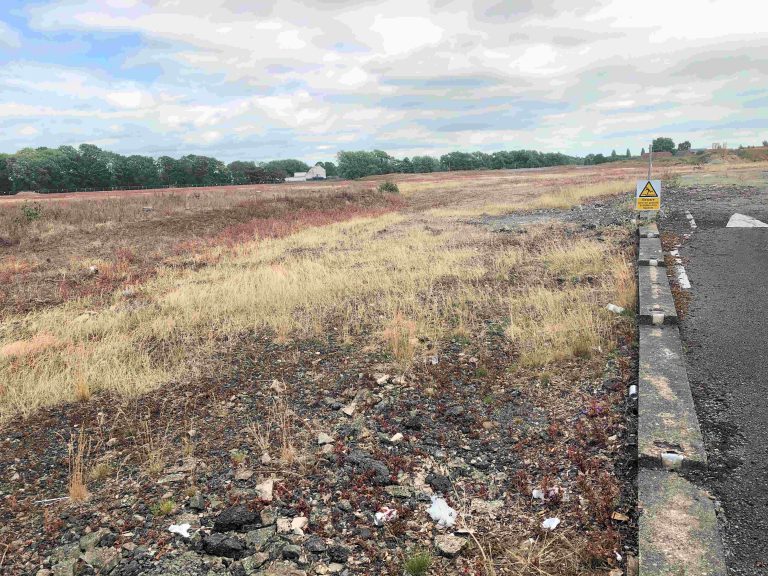
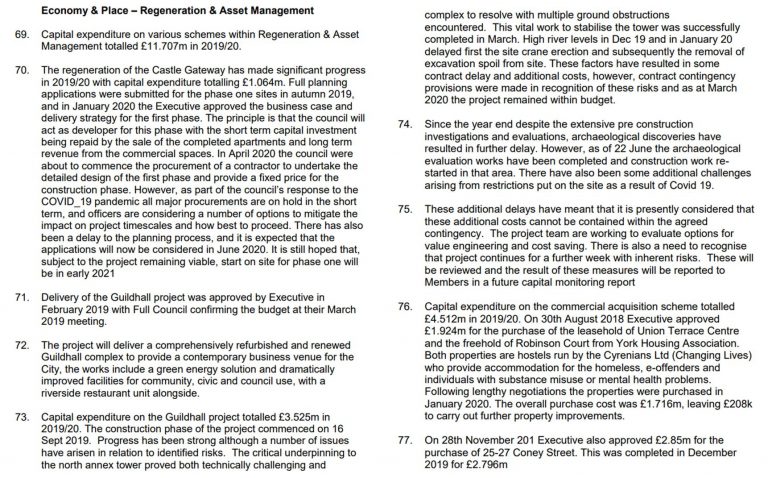
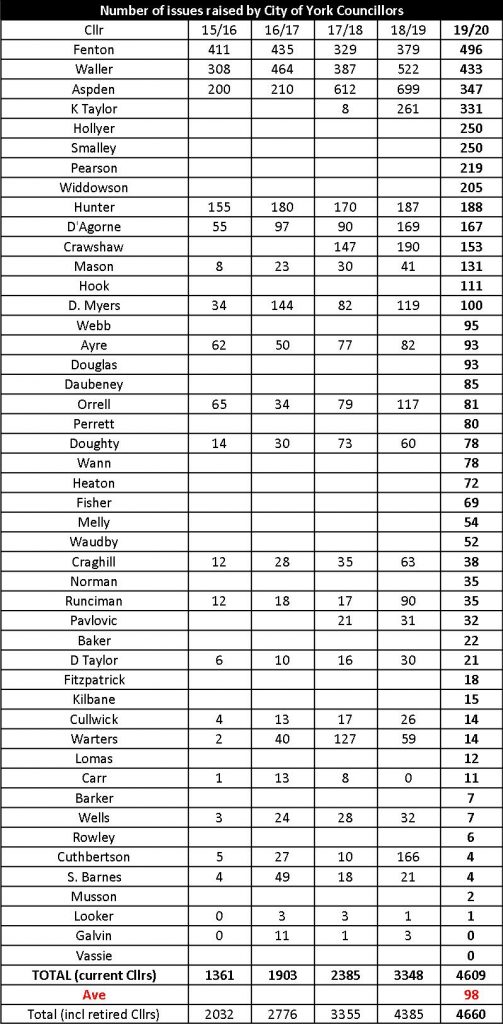

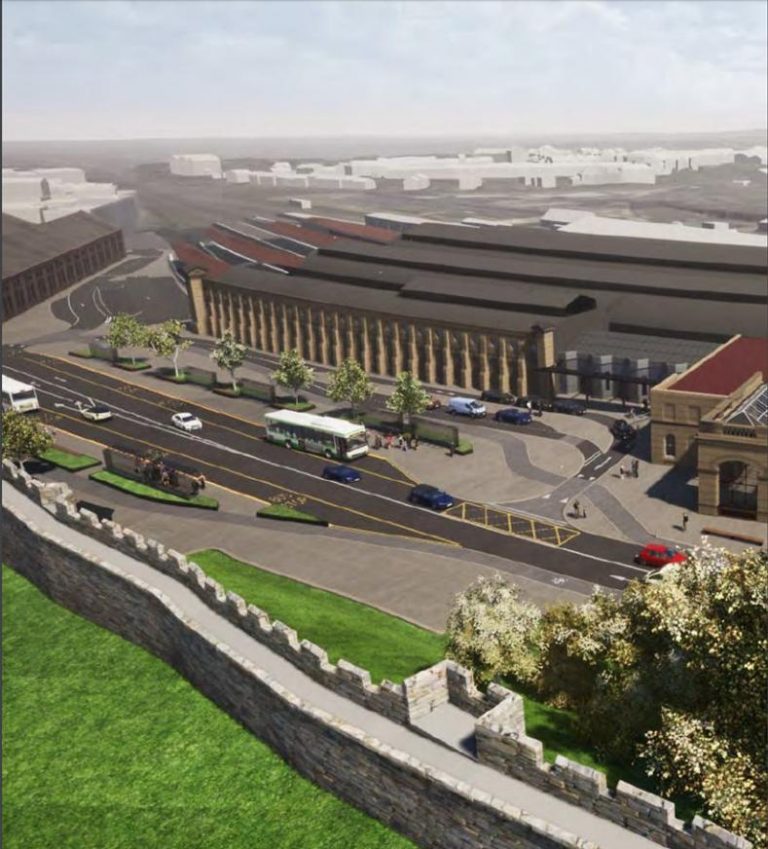
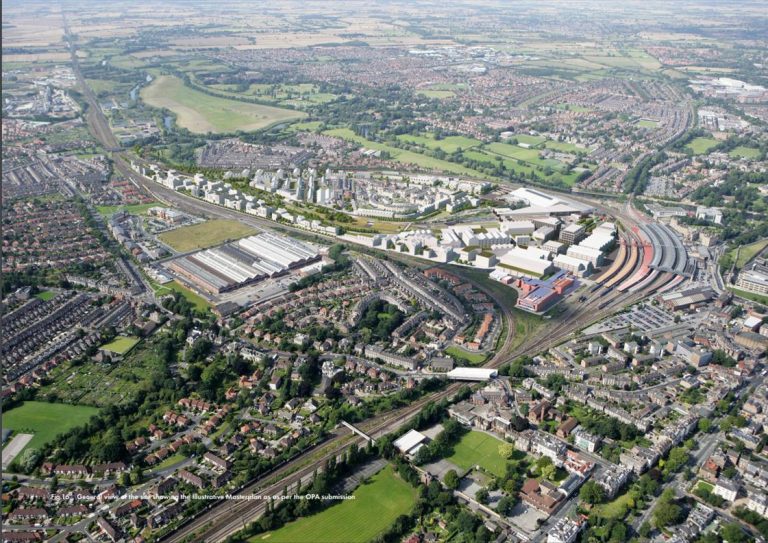

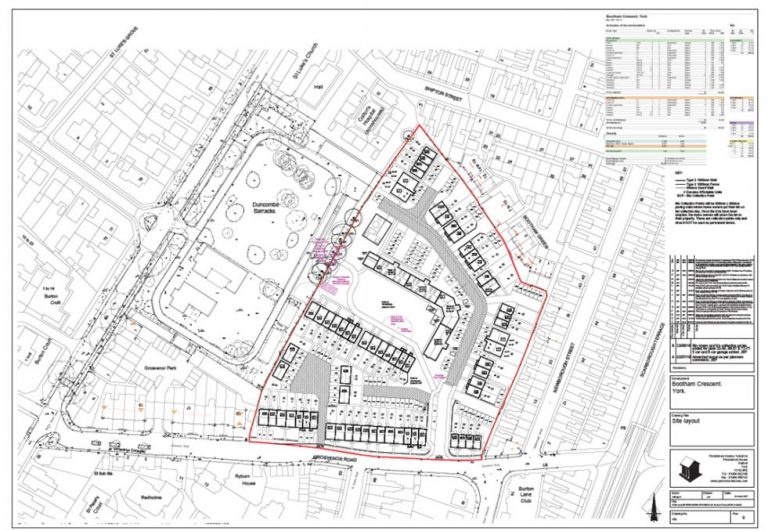
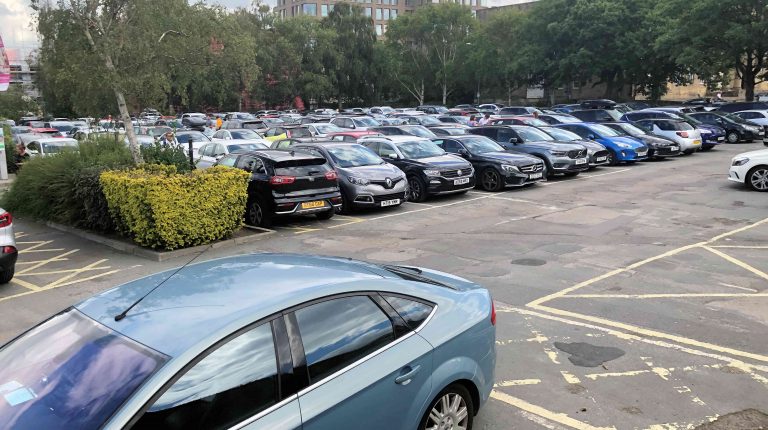
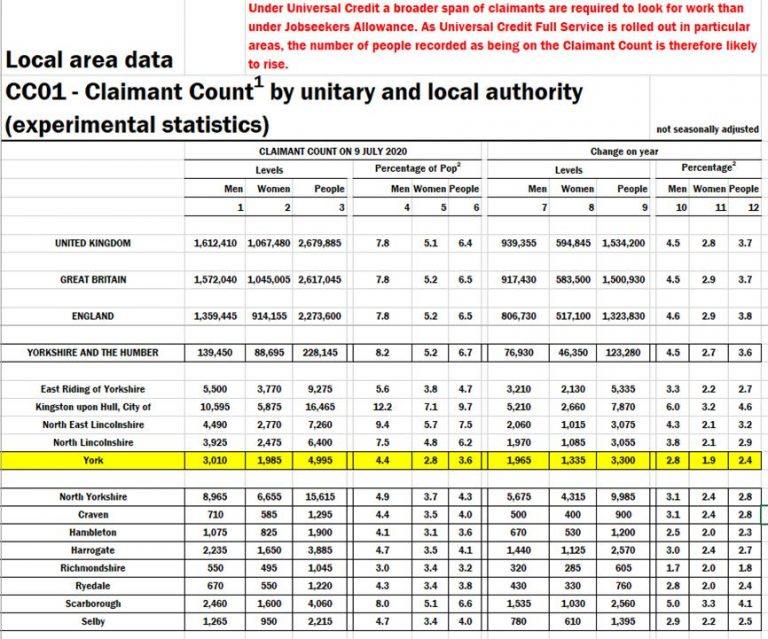
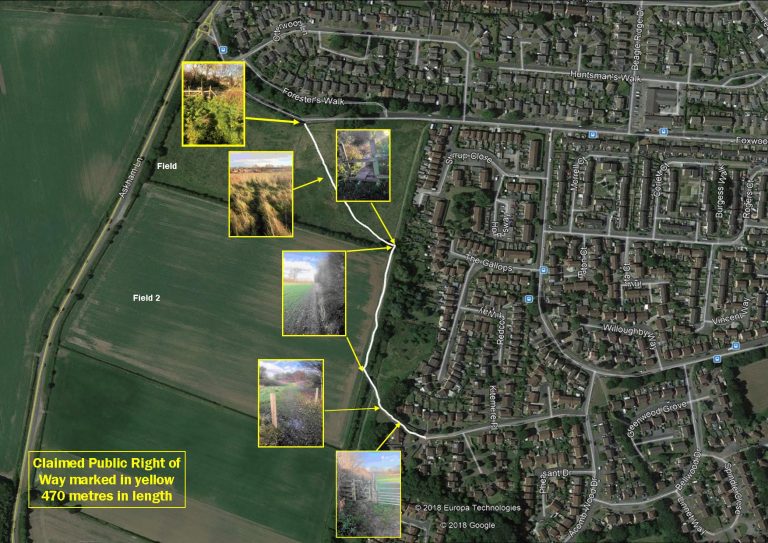
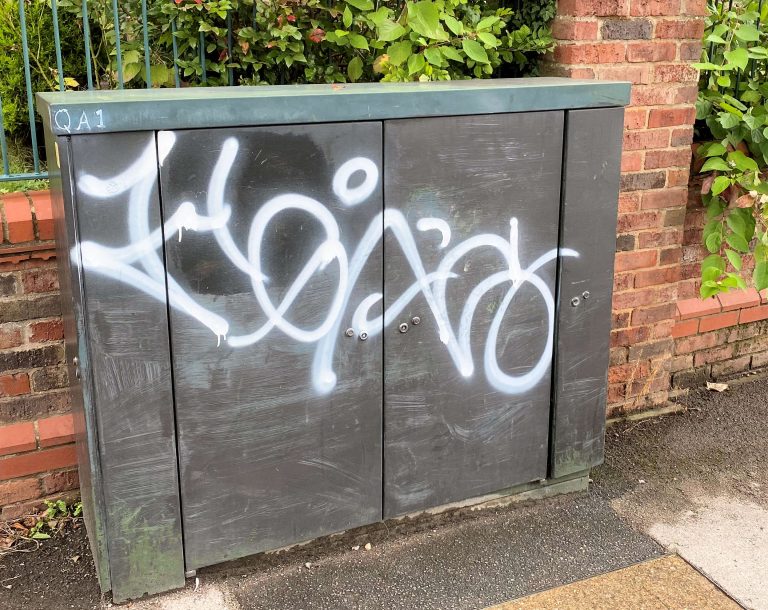
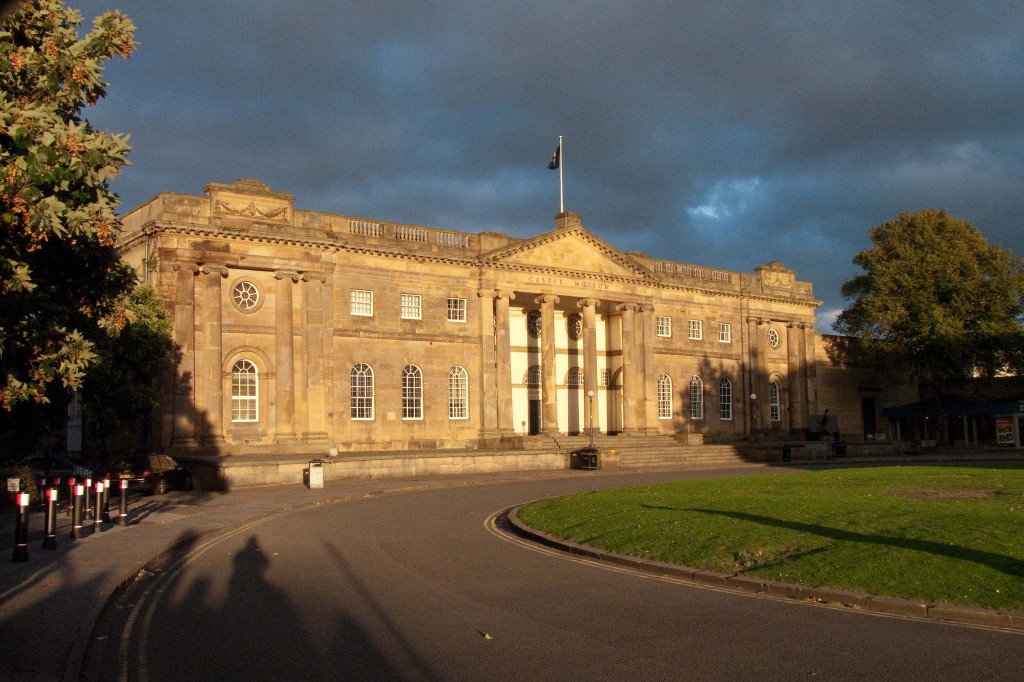

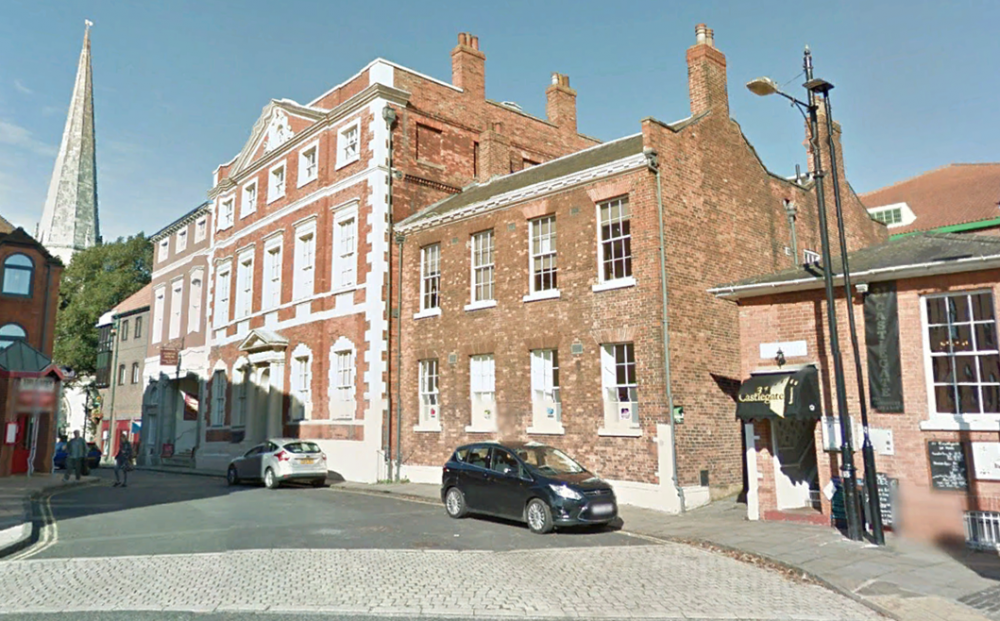

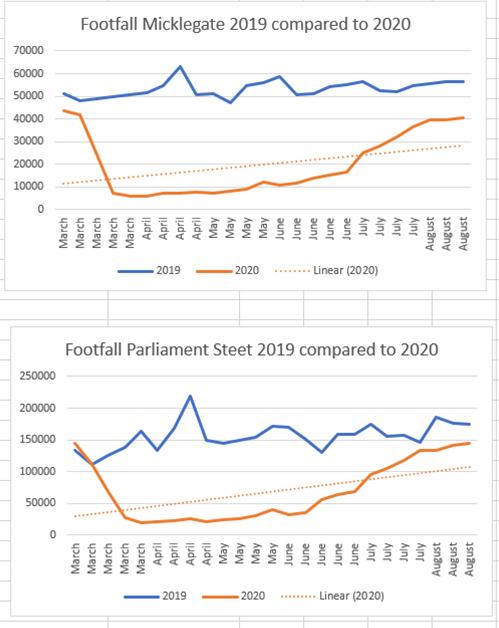

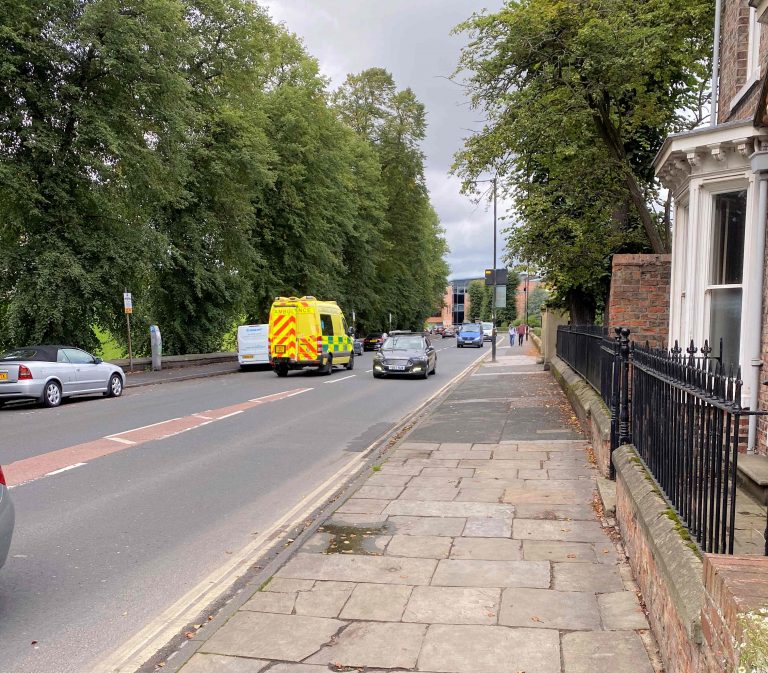
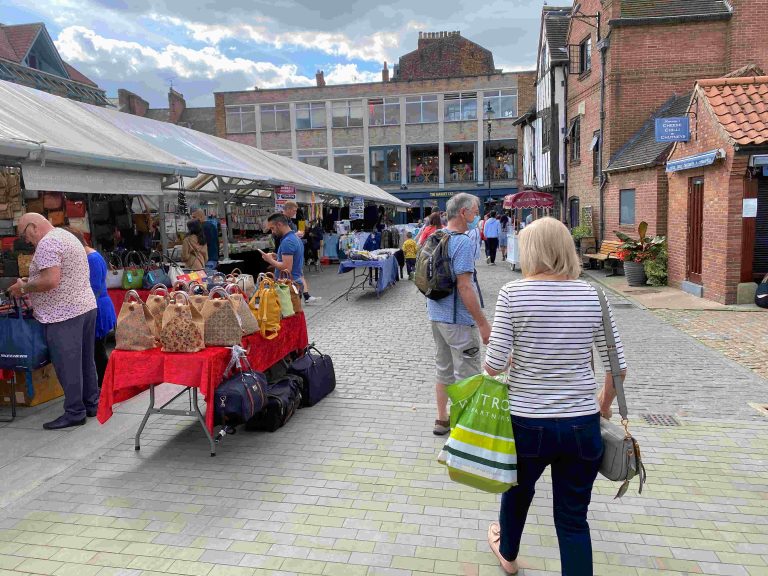
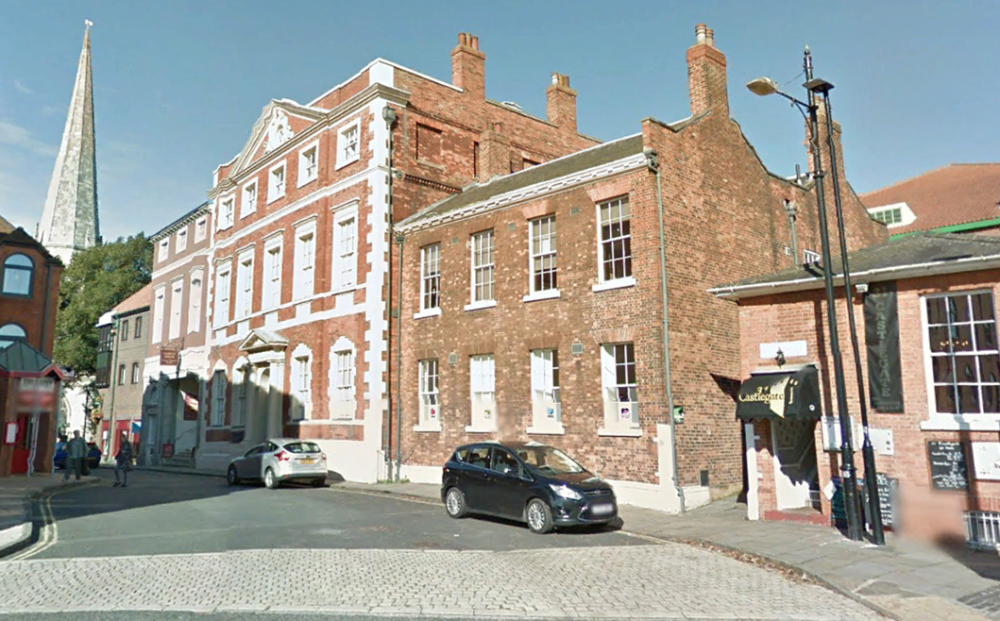
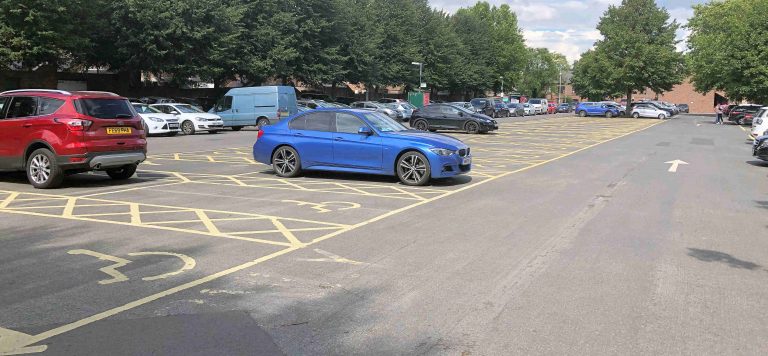
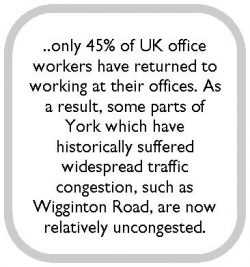
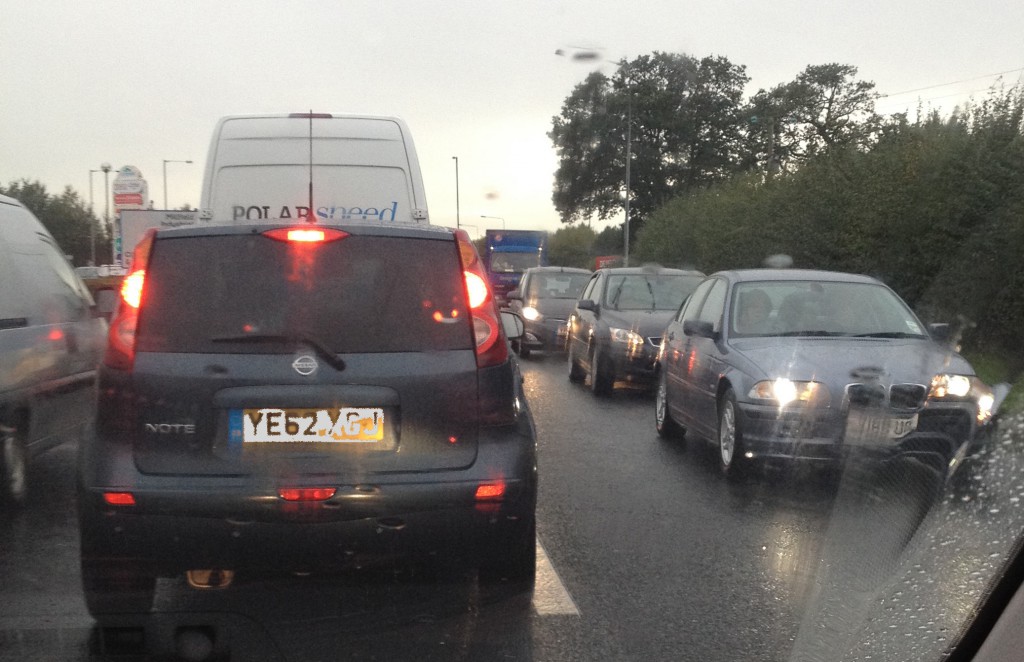

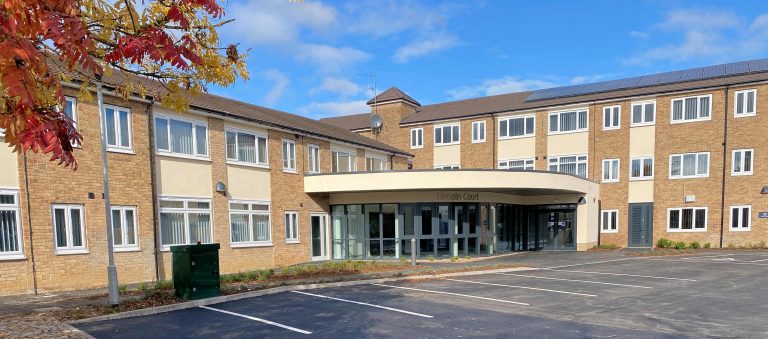
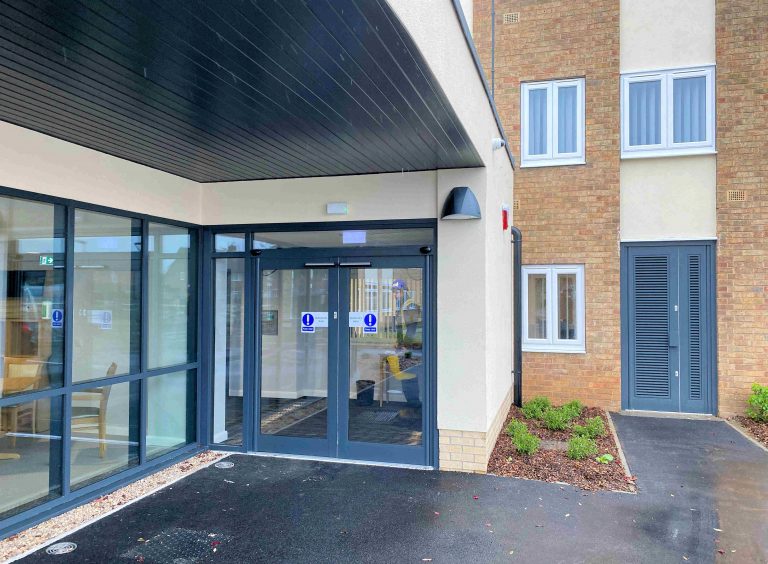
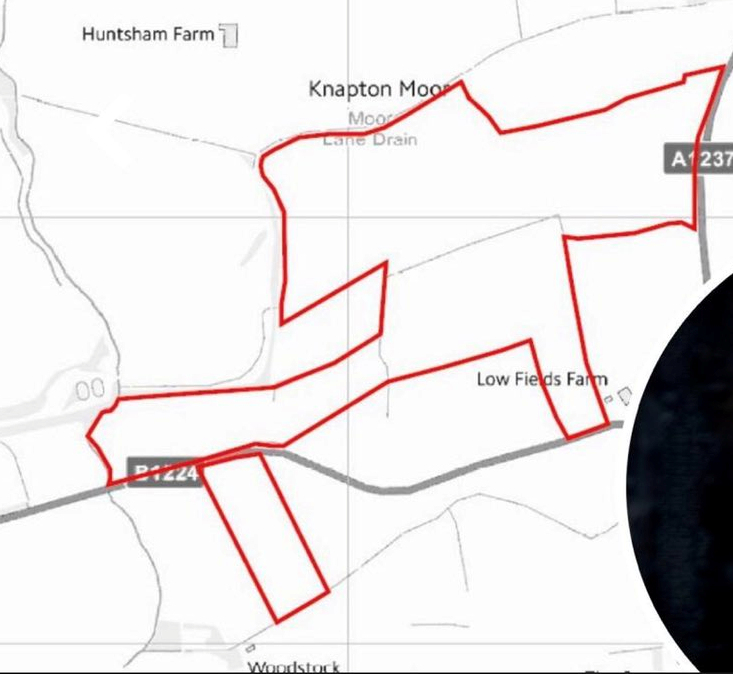
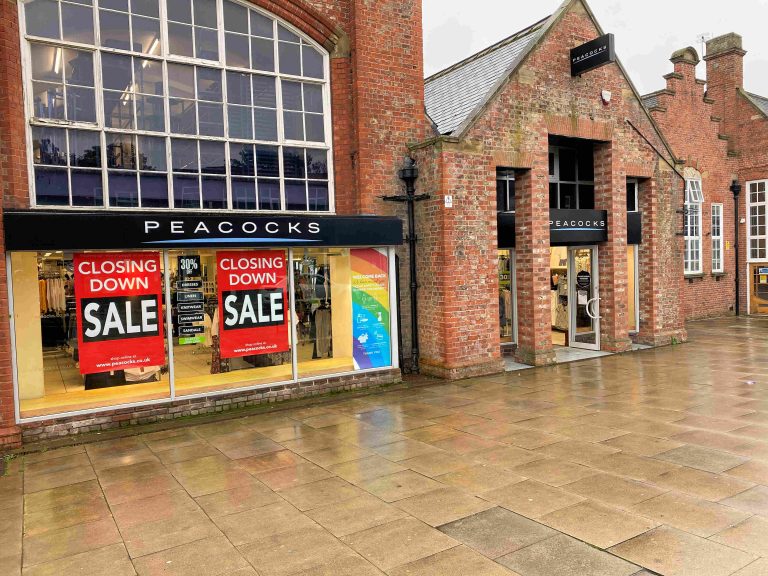
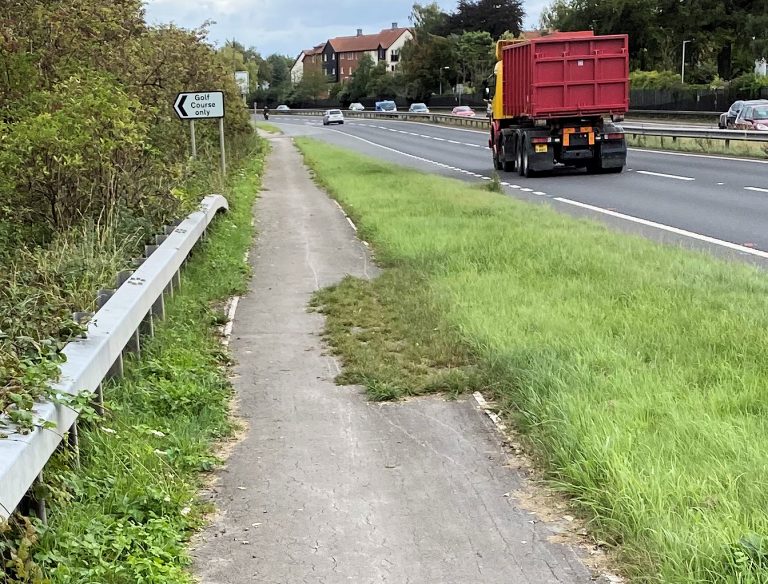
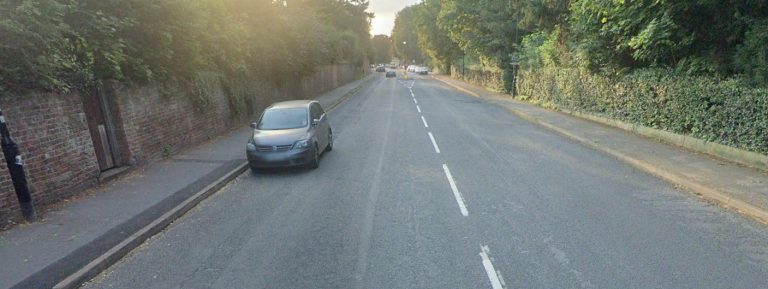
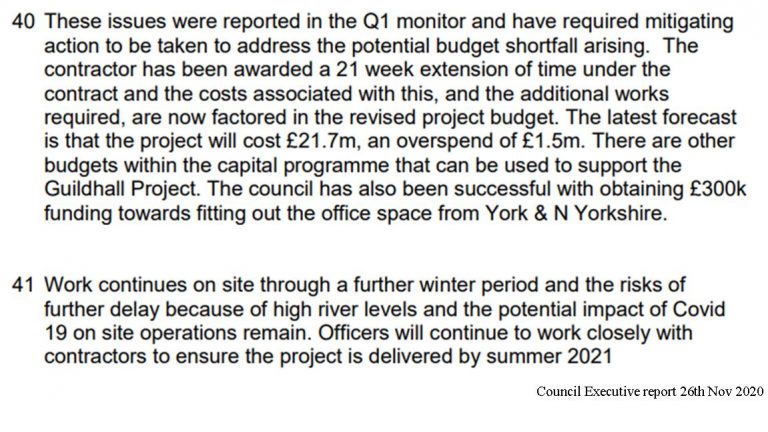
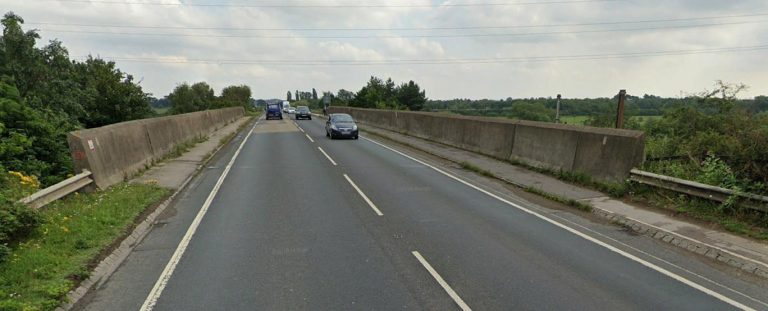
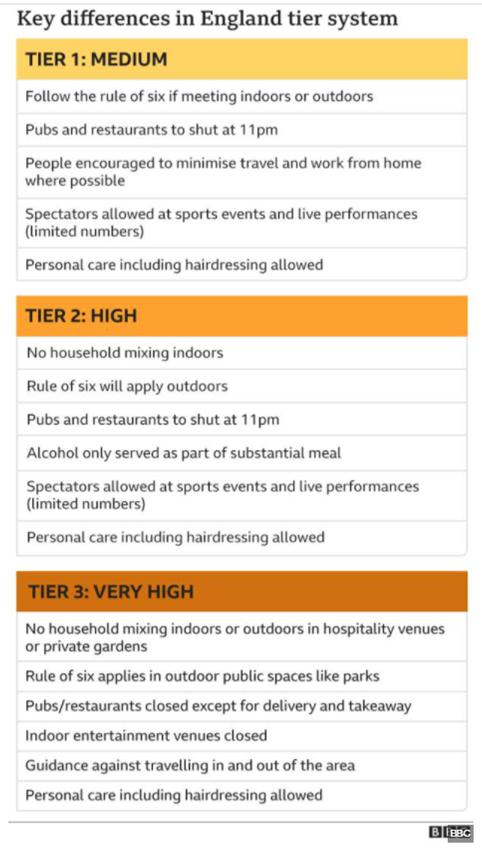
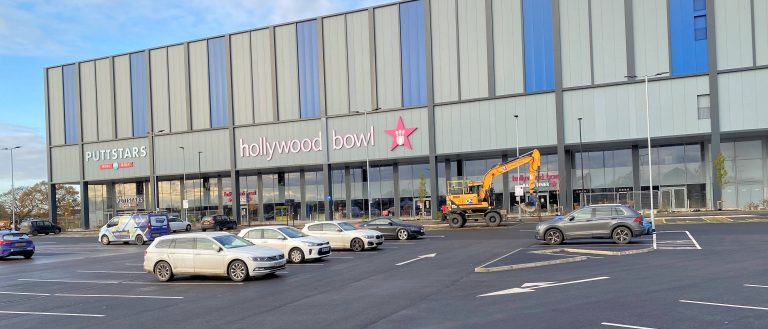

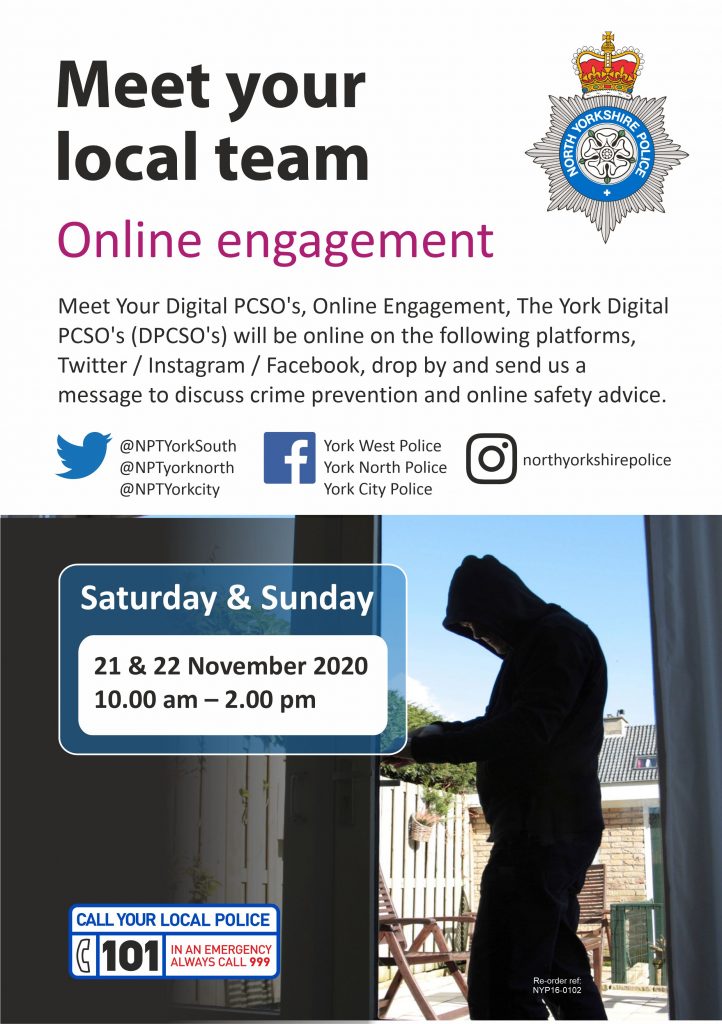
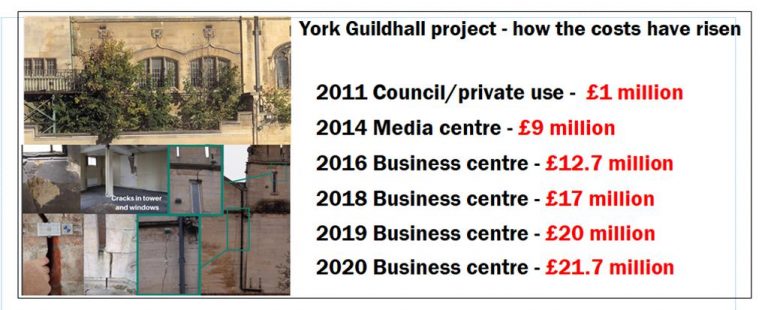
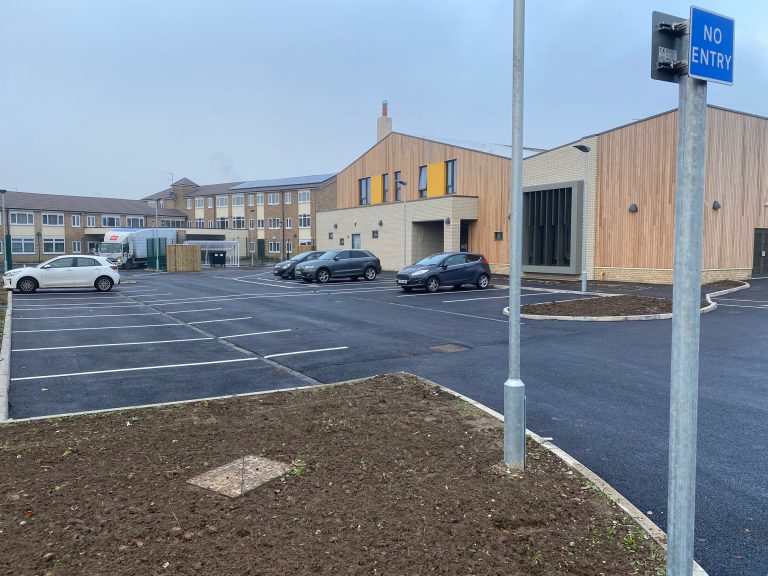
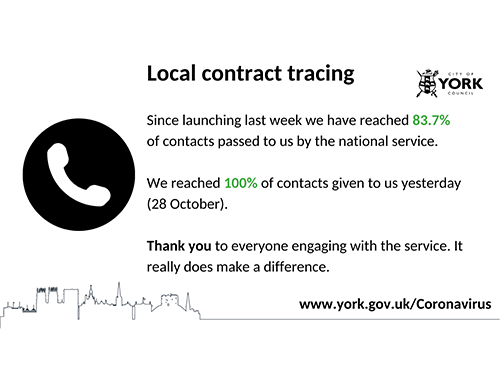
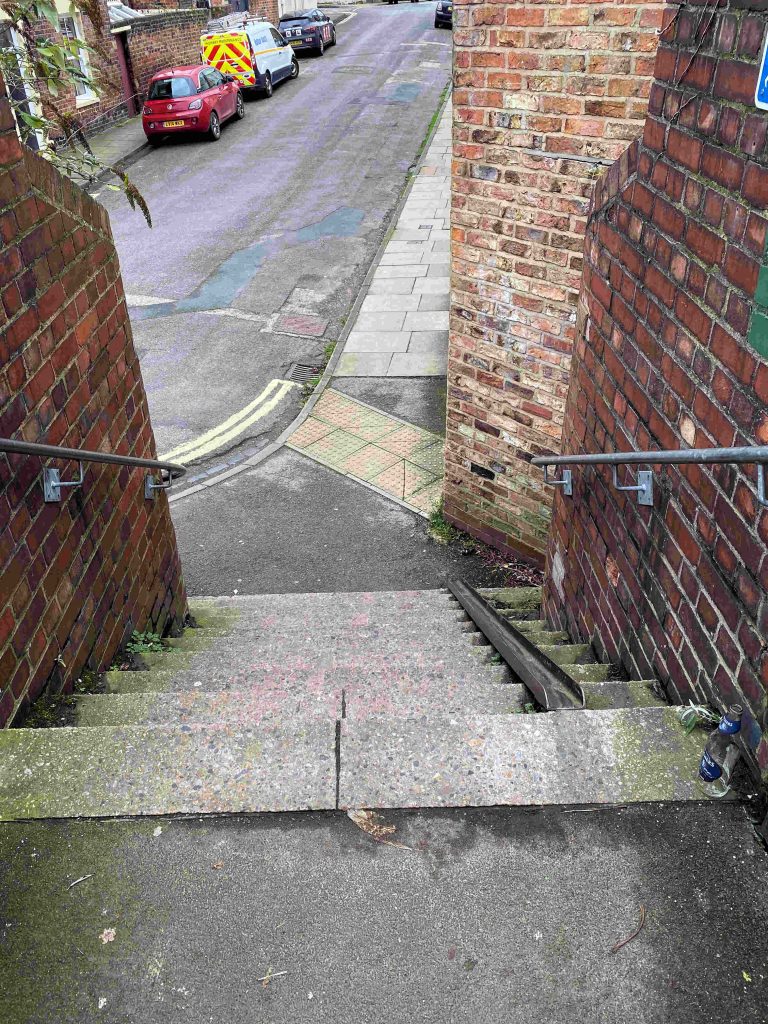
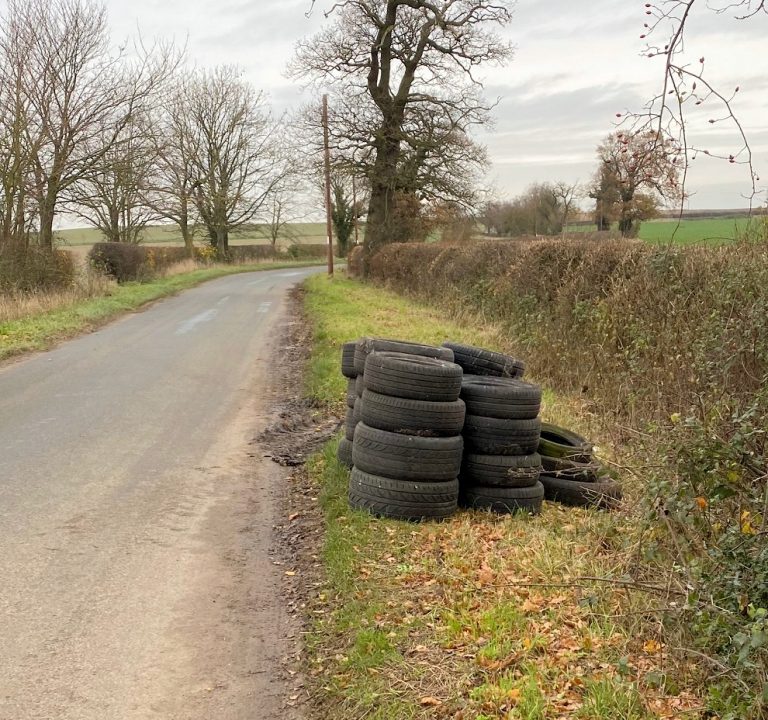
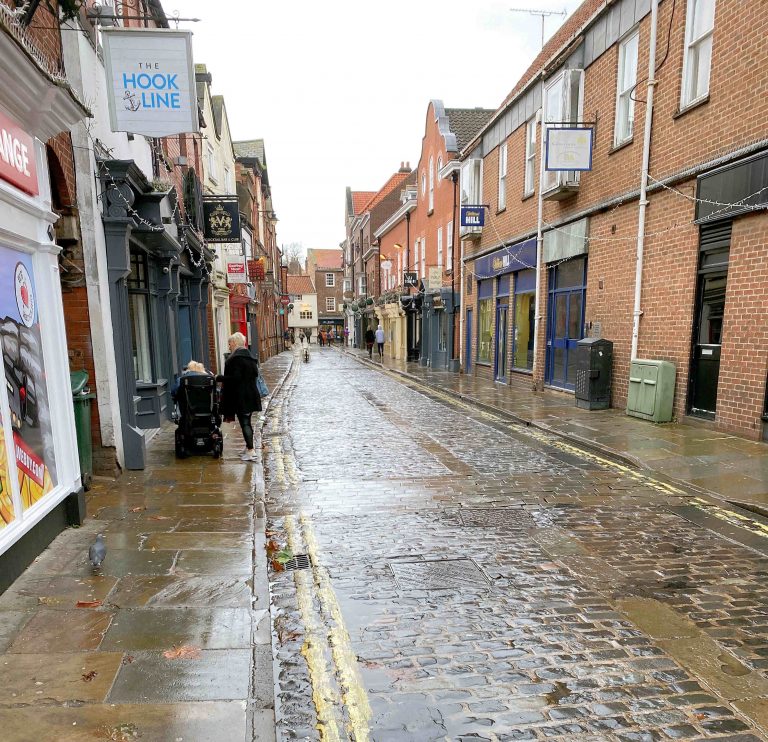
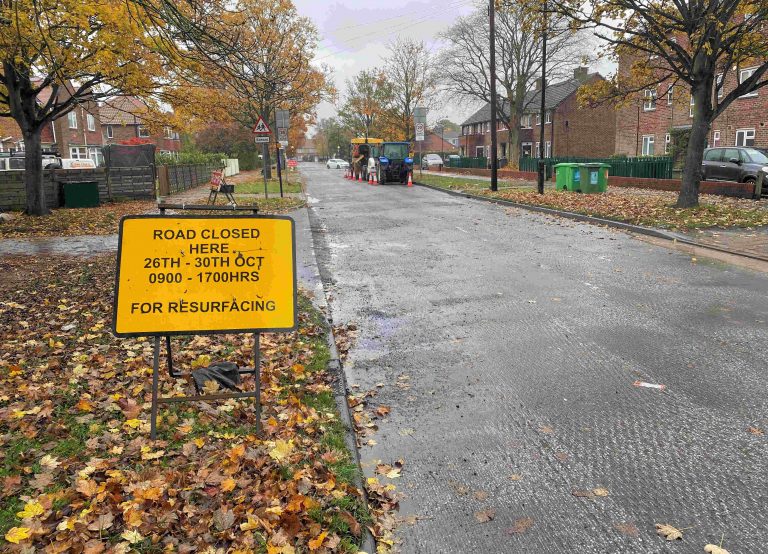
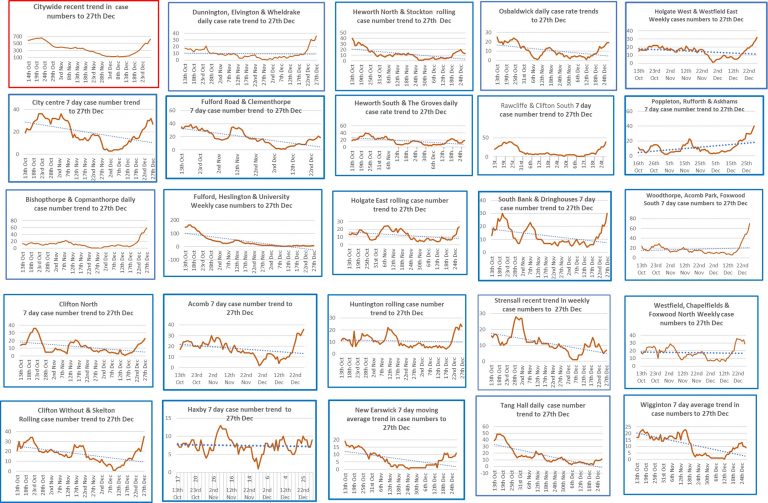
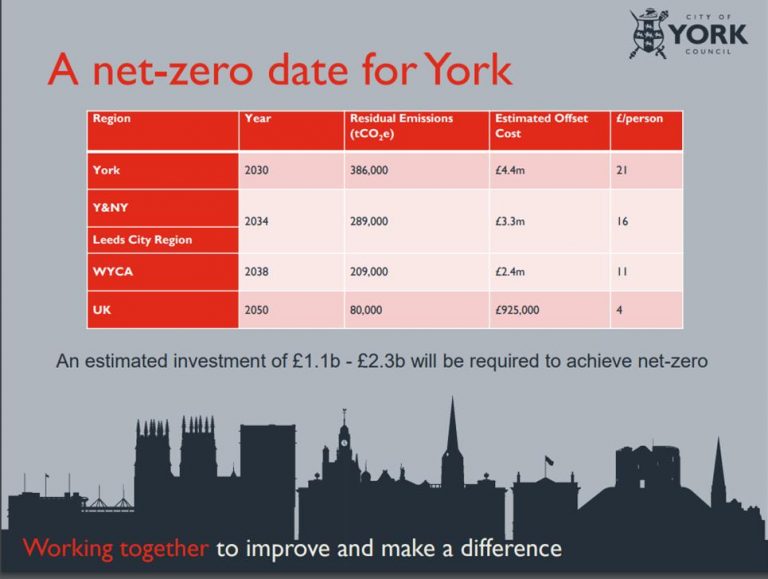
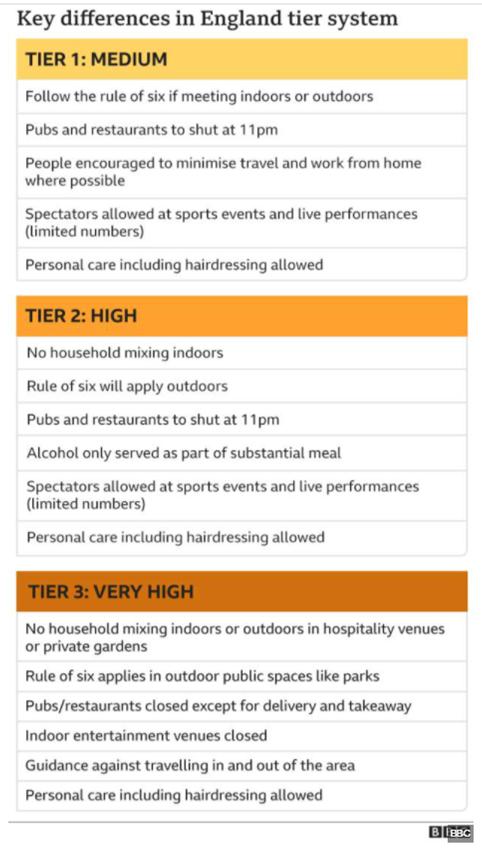
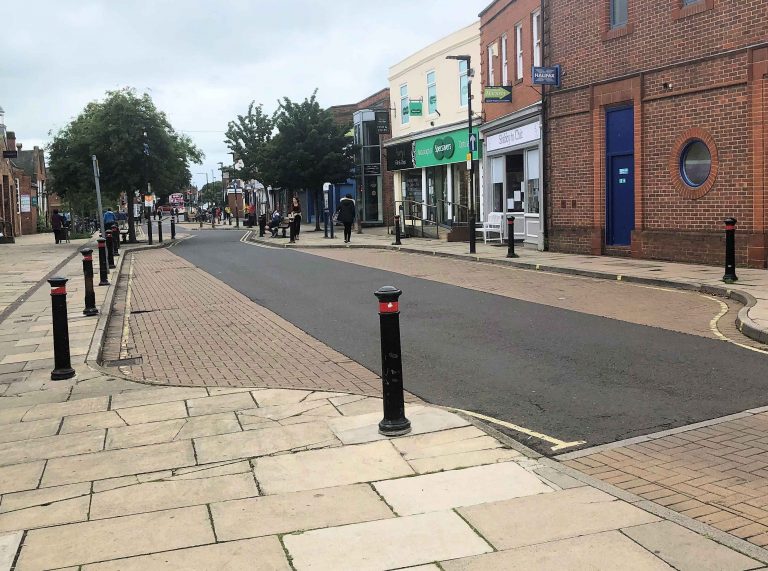
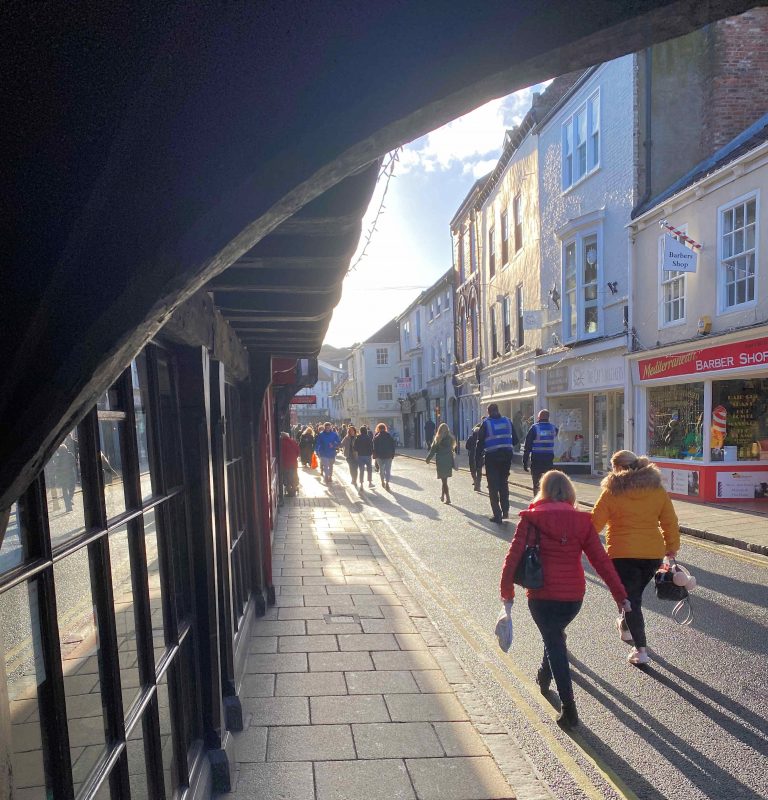
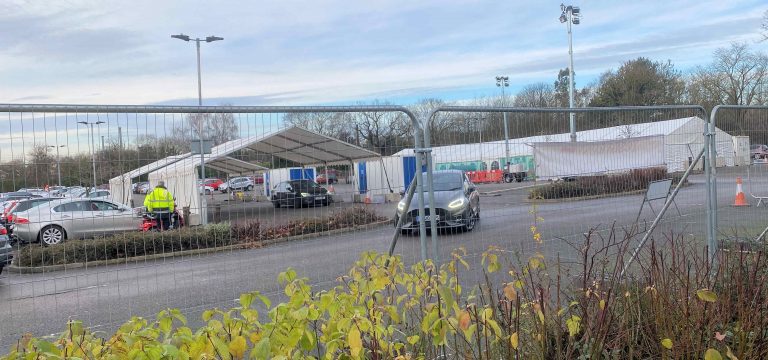
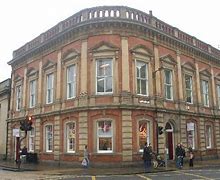



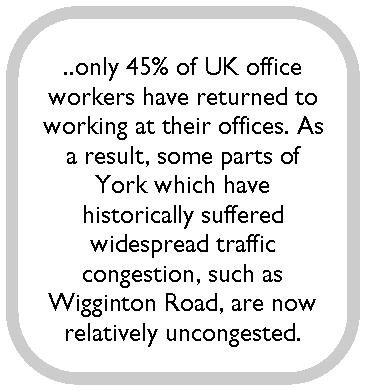
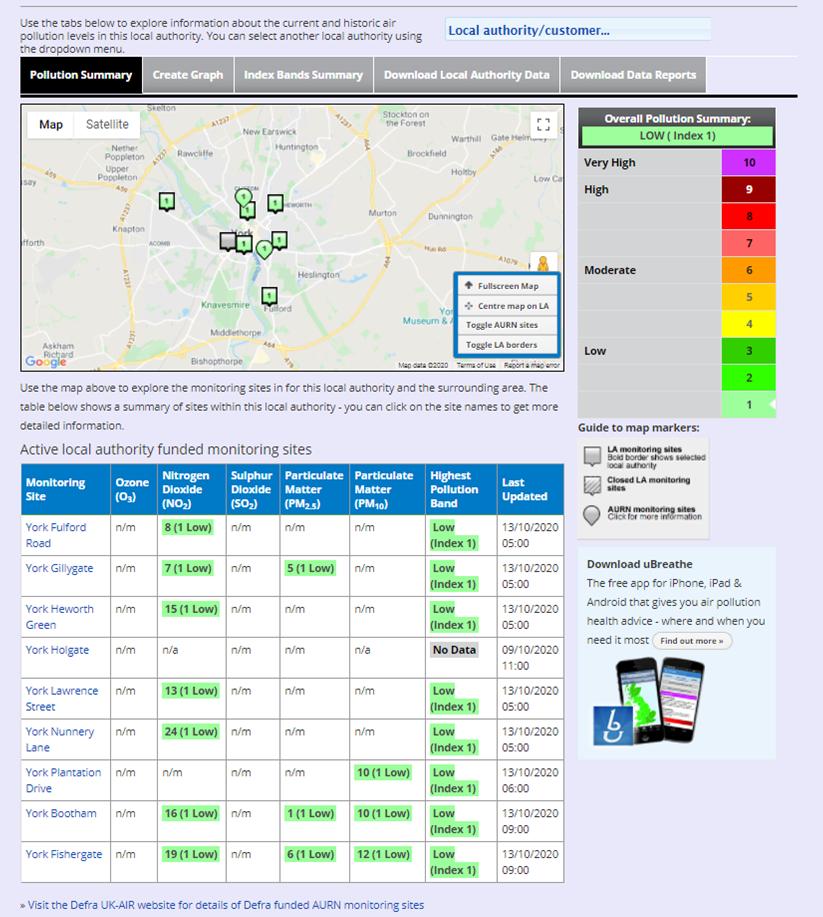
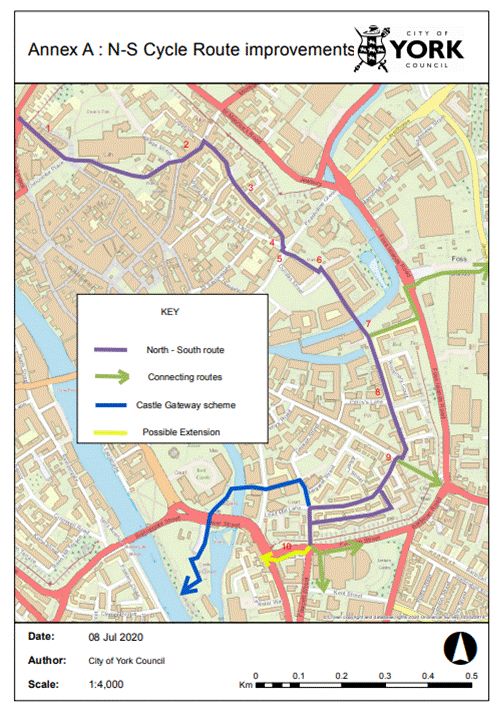
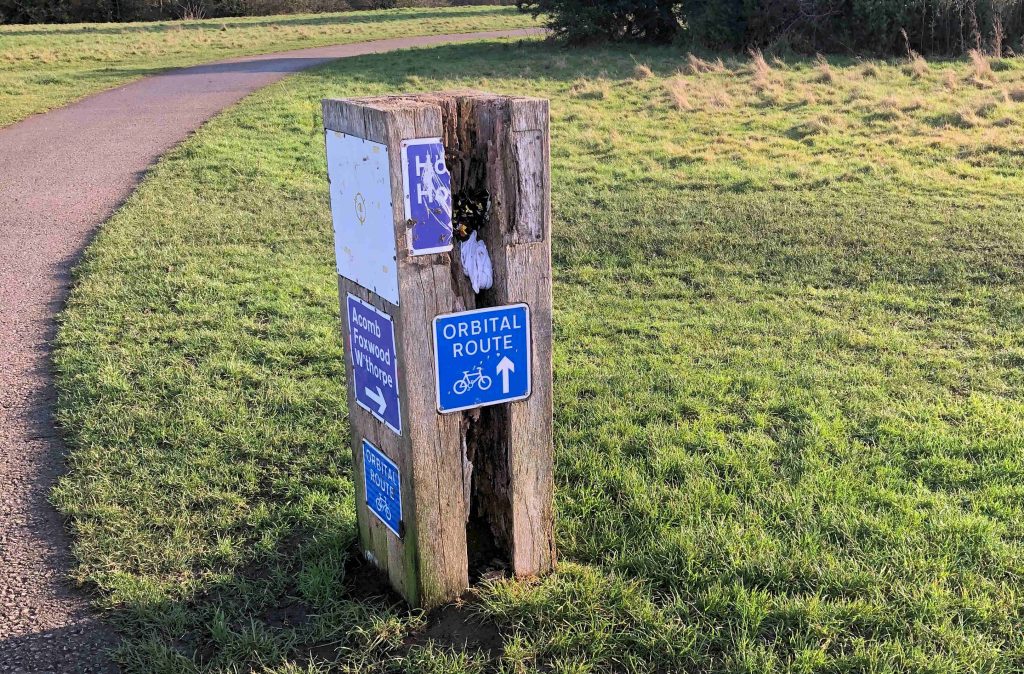
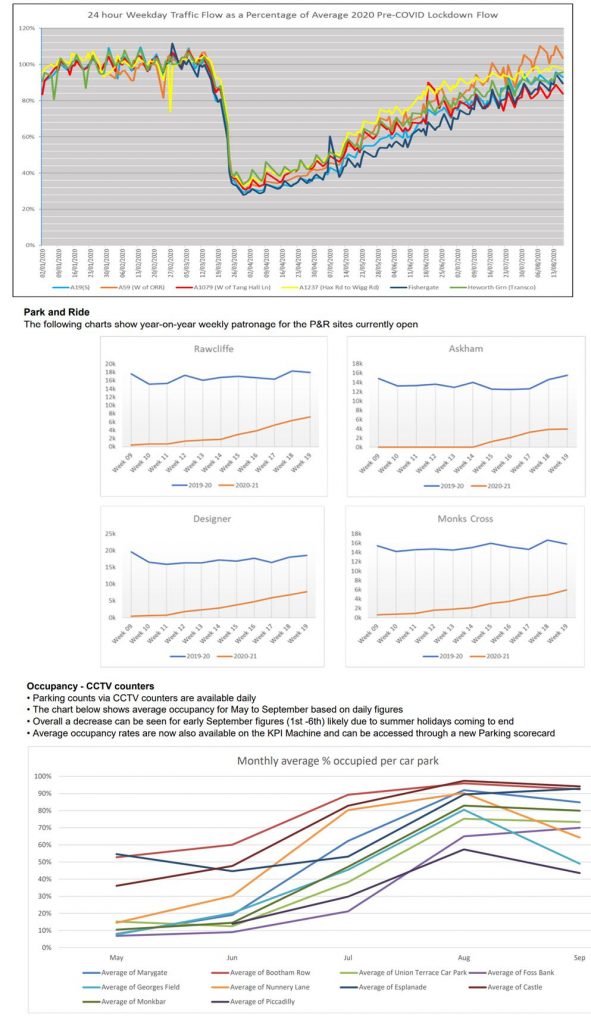
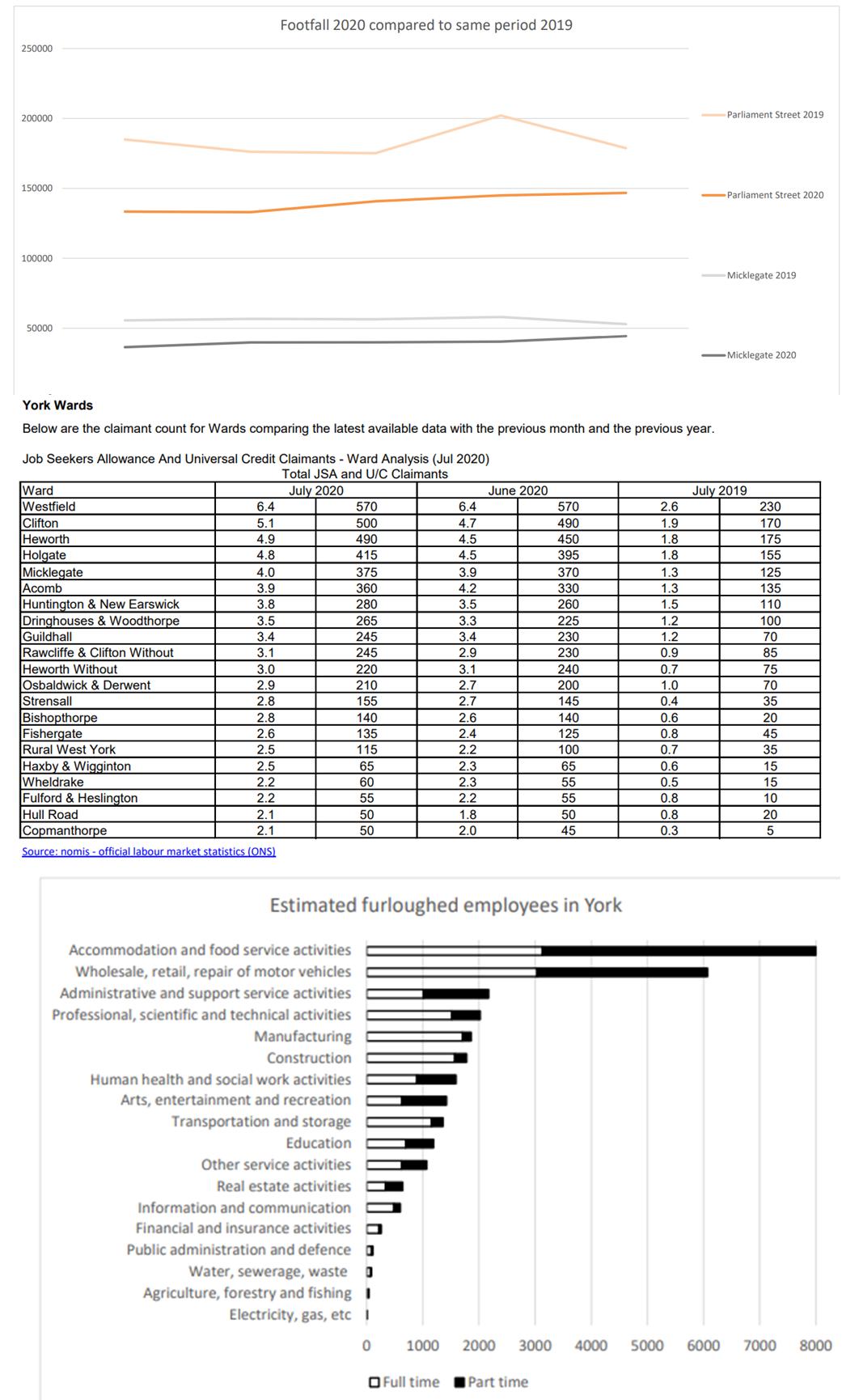
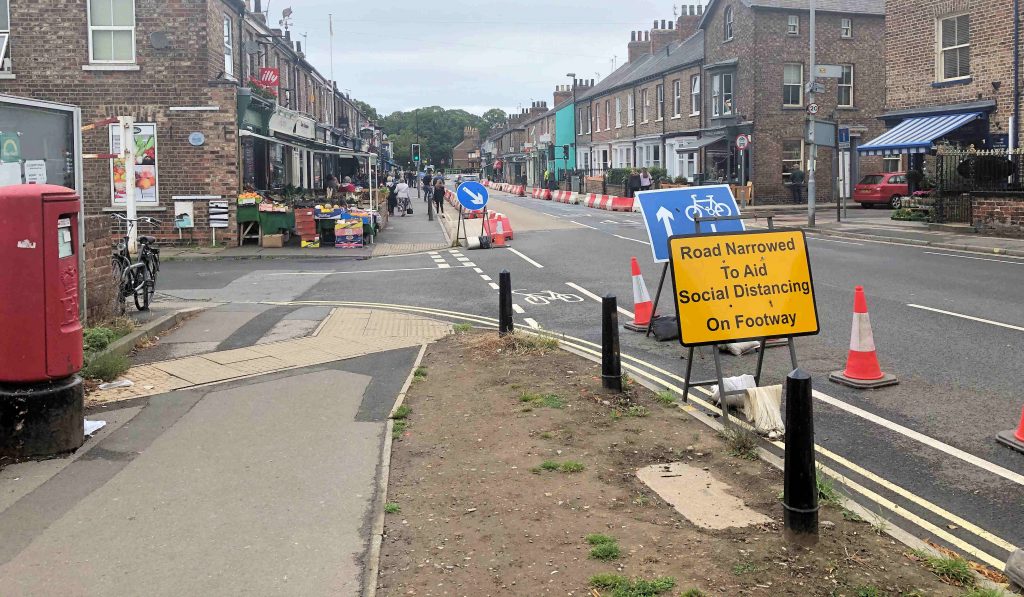
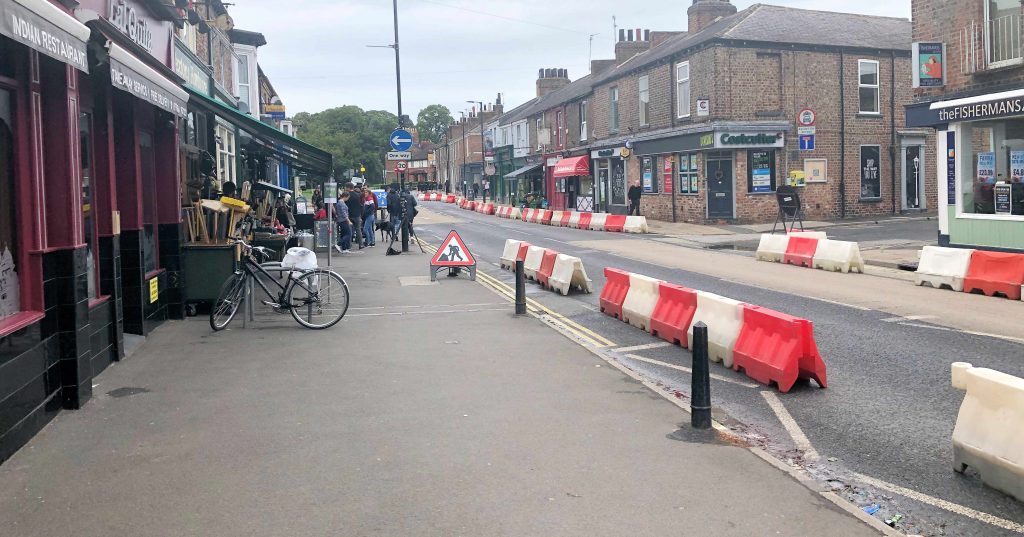
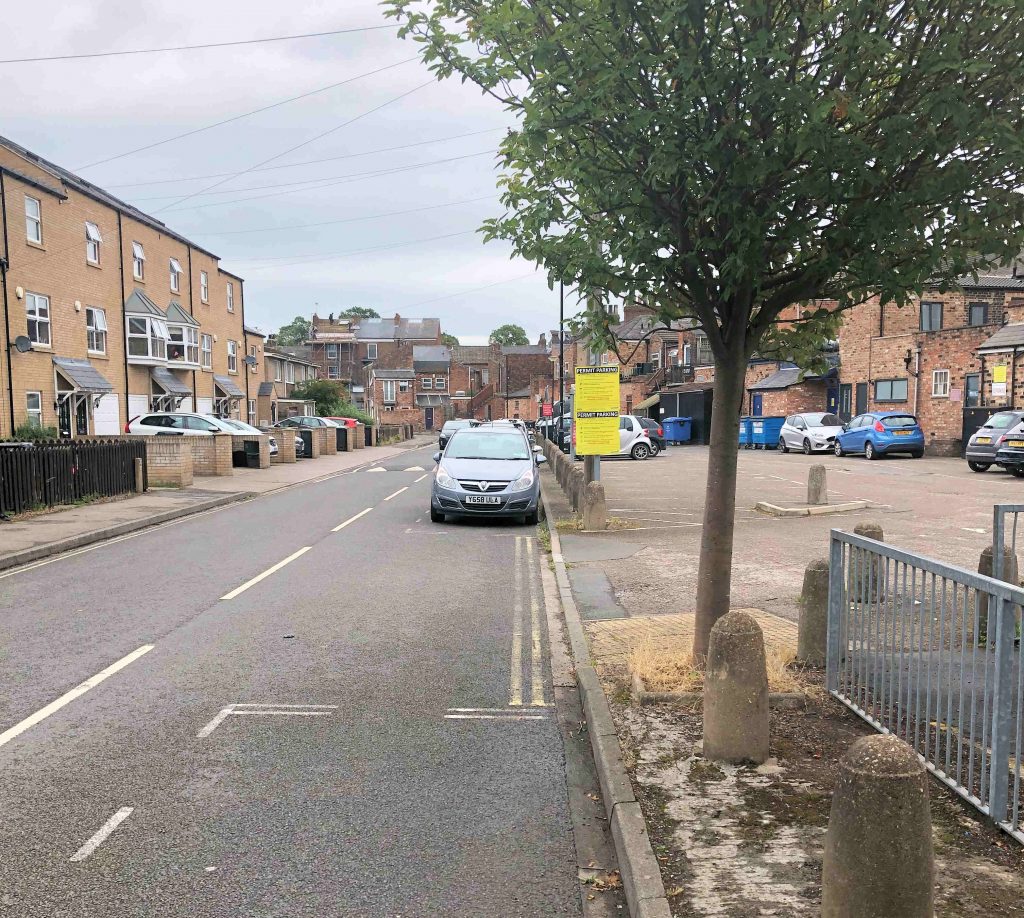
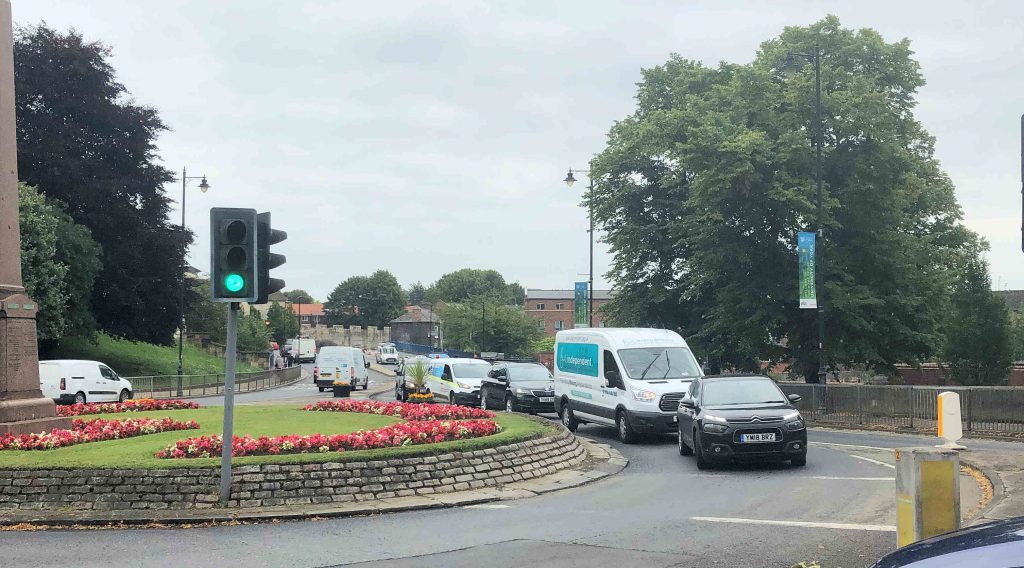
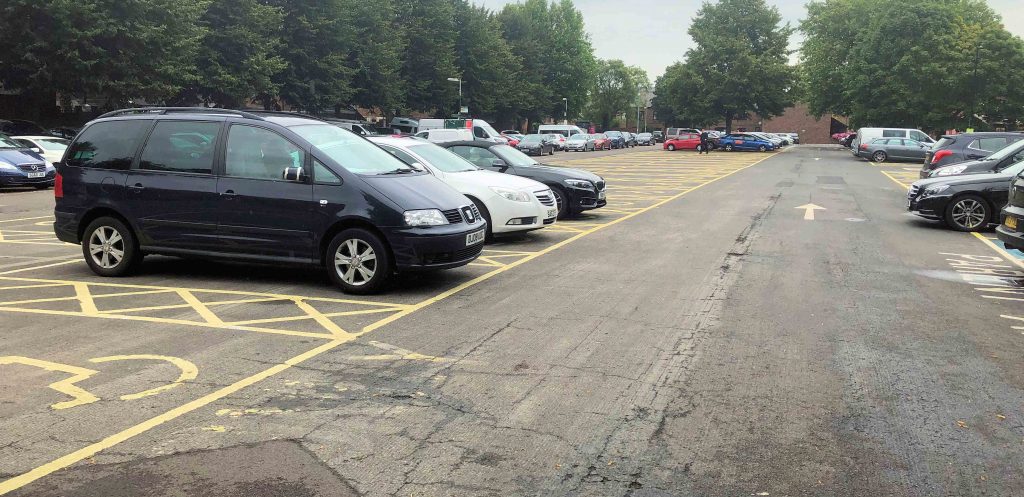
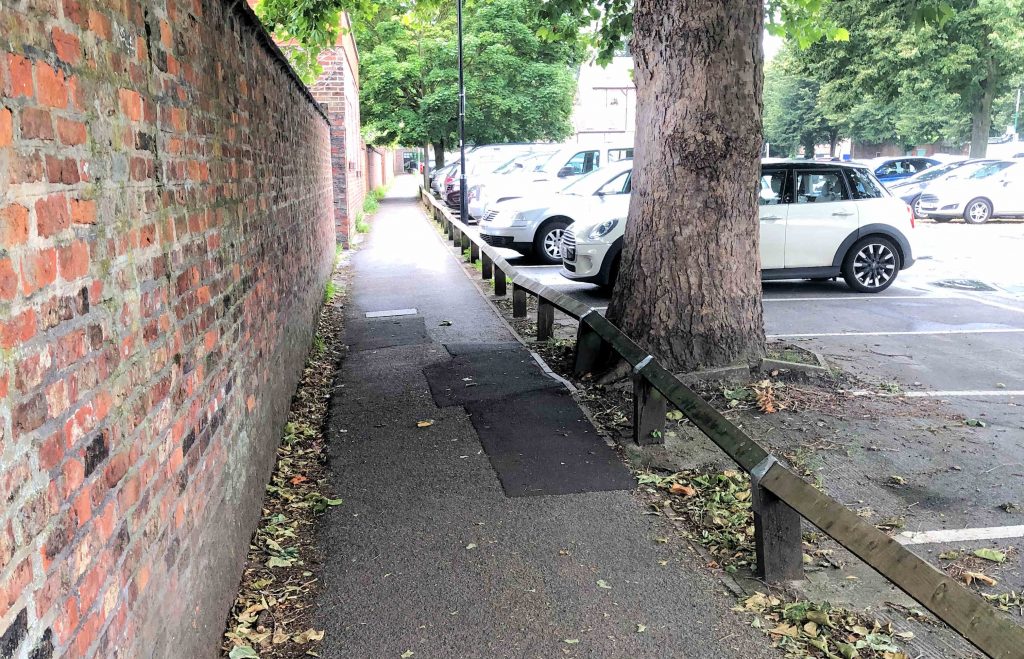
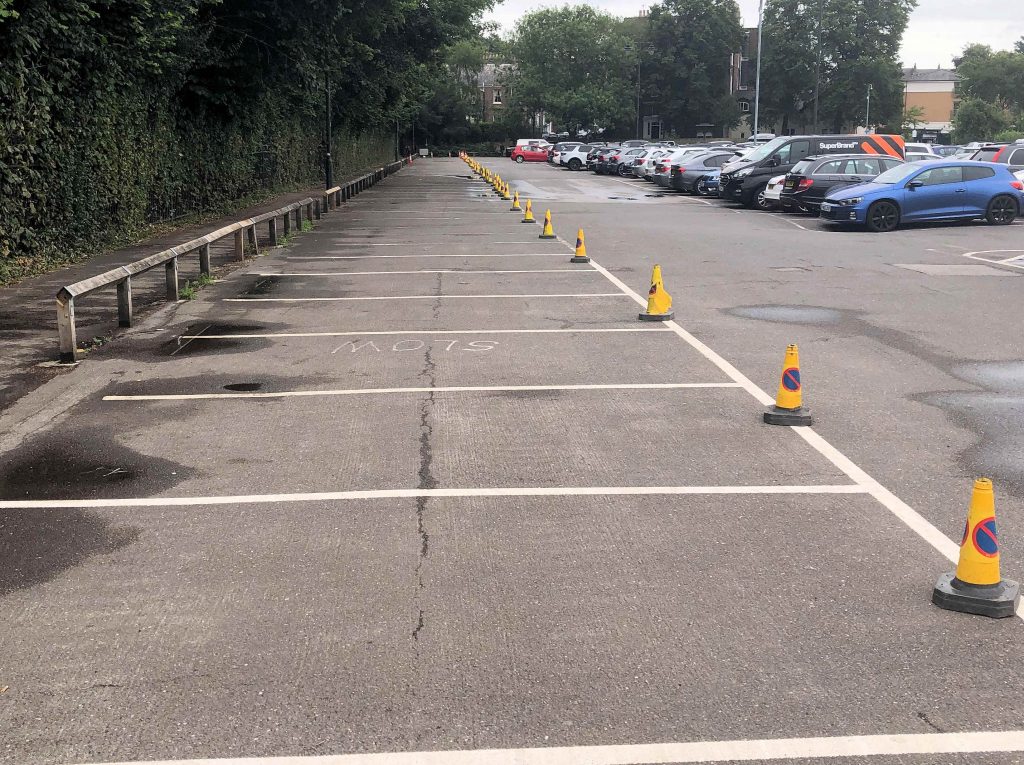
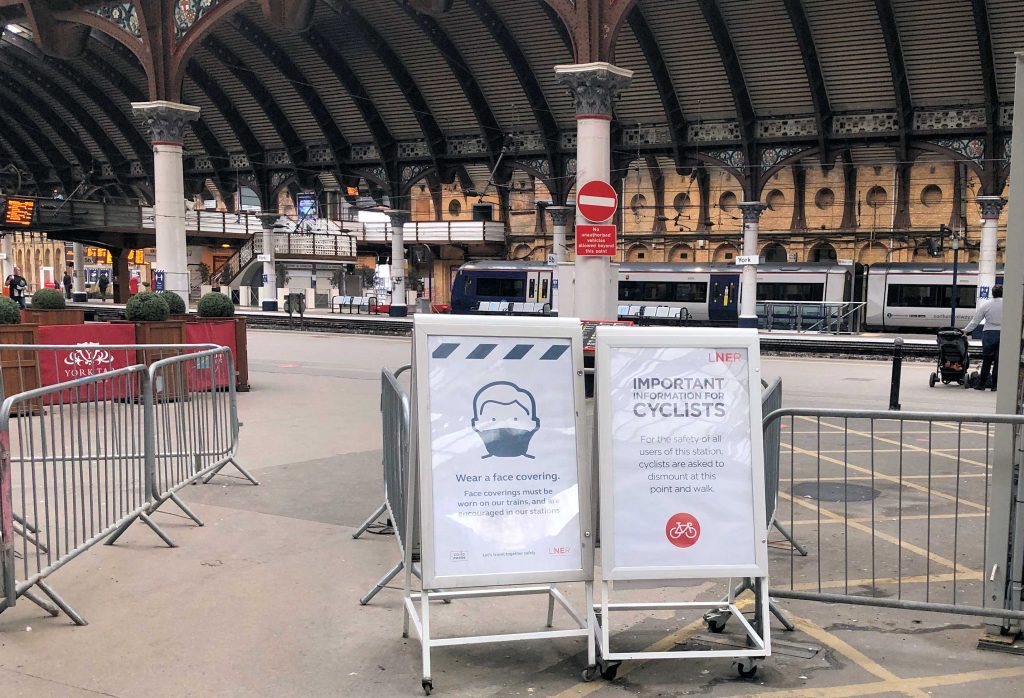
 Team GB medal winners from Rio, Joanna Rowsell Shand, Katie Archibald and Phillip Hindes will be joined by Tre Whyte, Shanaze Reade and Kyle Evans.
Team GB medal winners from Rio, Joanna Rowsell Shand, Katie Archibald and Phillip Hindes will be joined by Tre Whyte, Shanaze Reade and Kyle Evans.